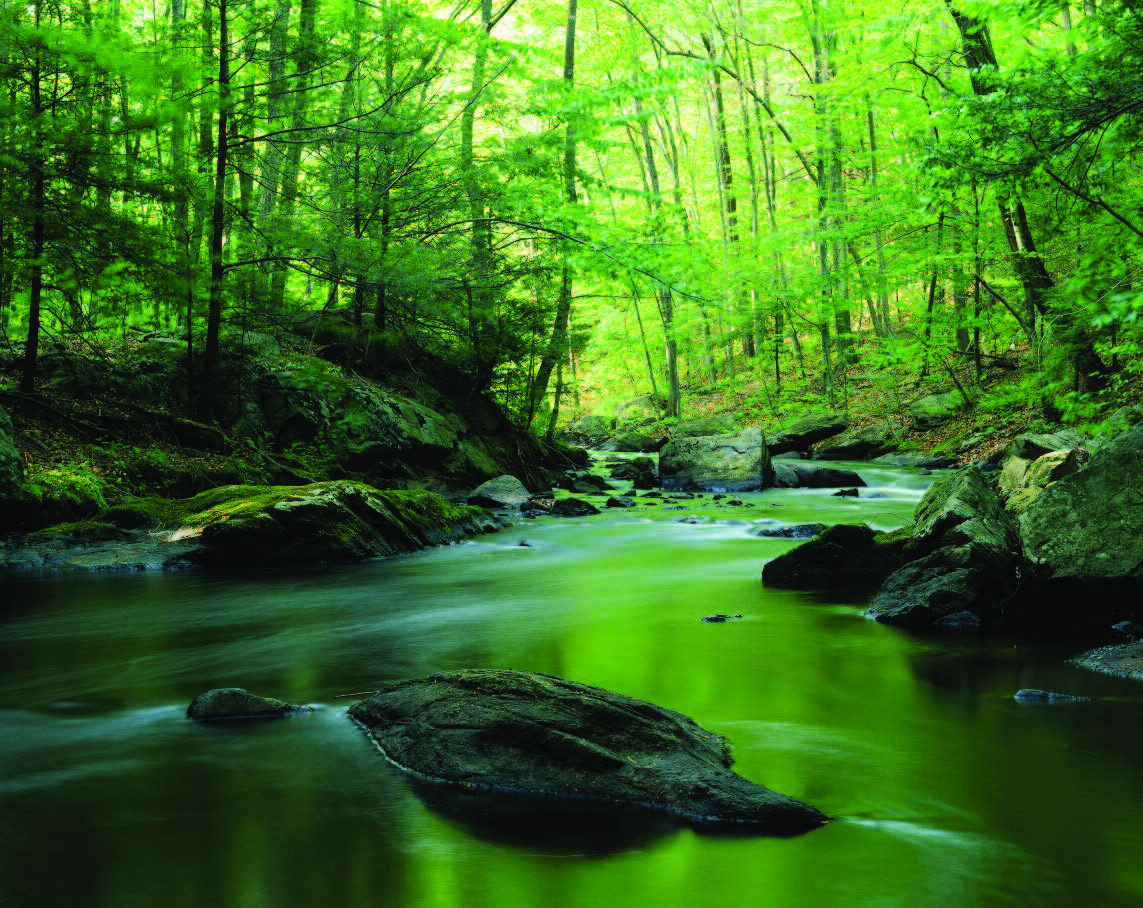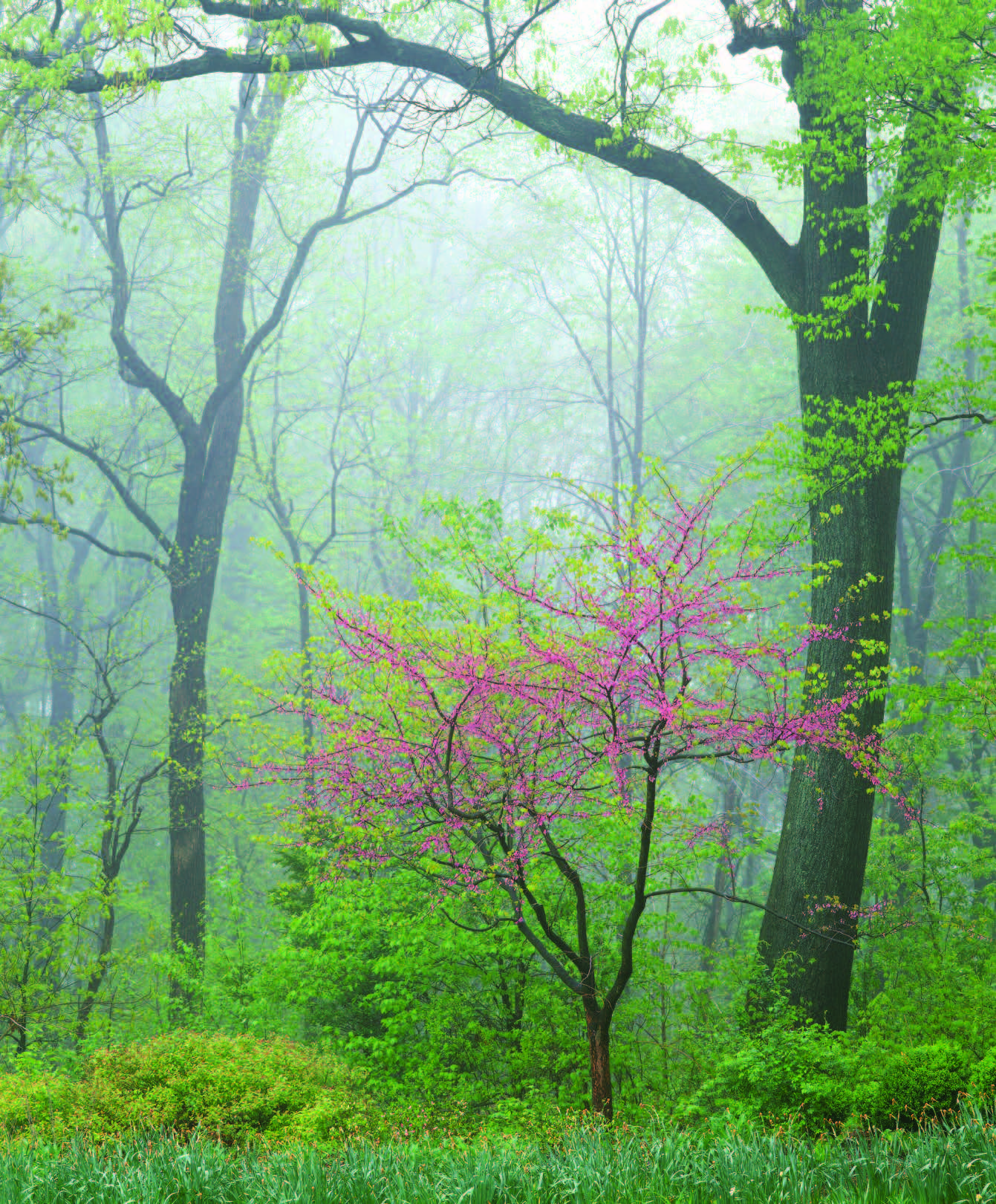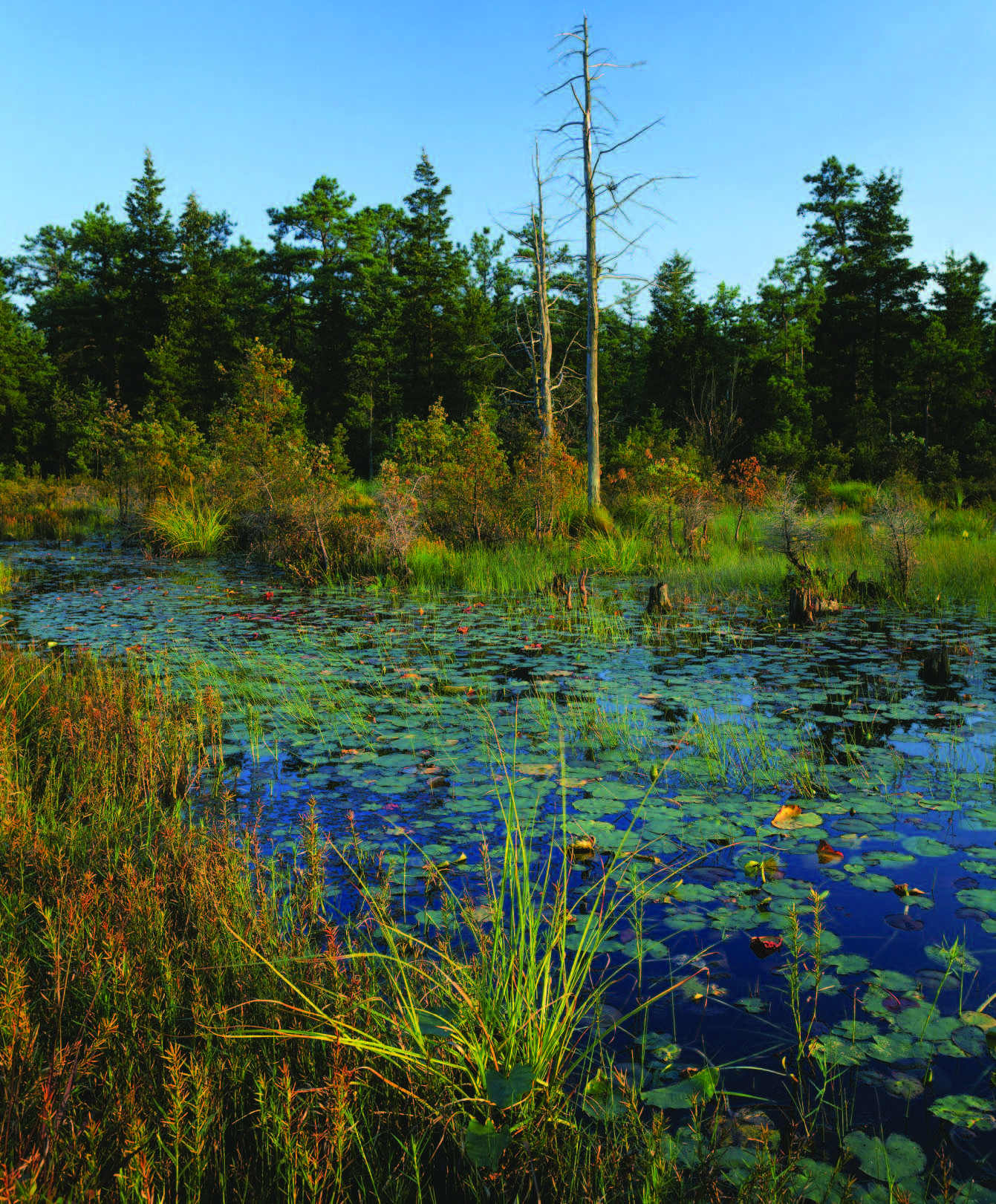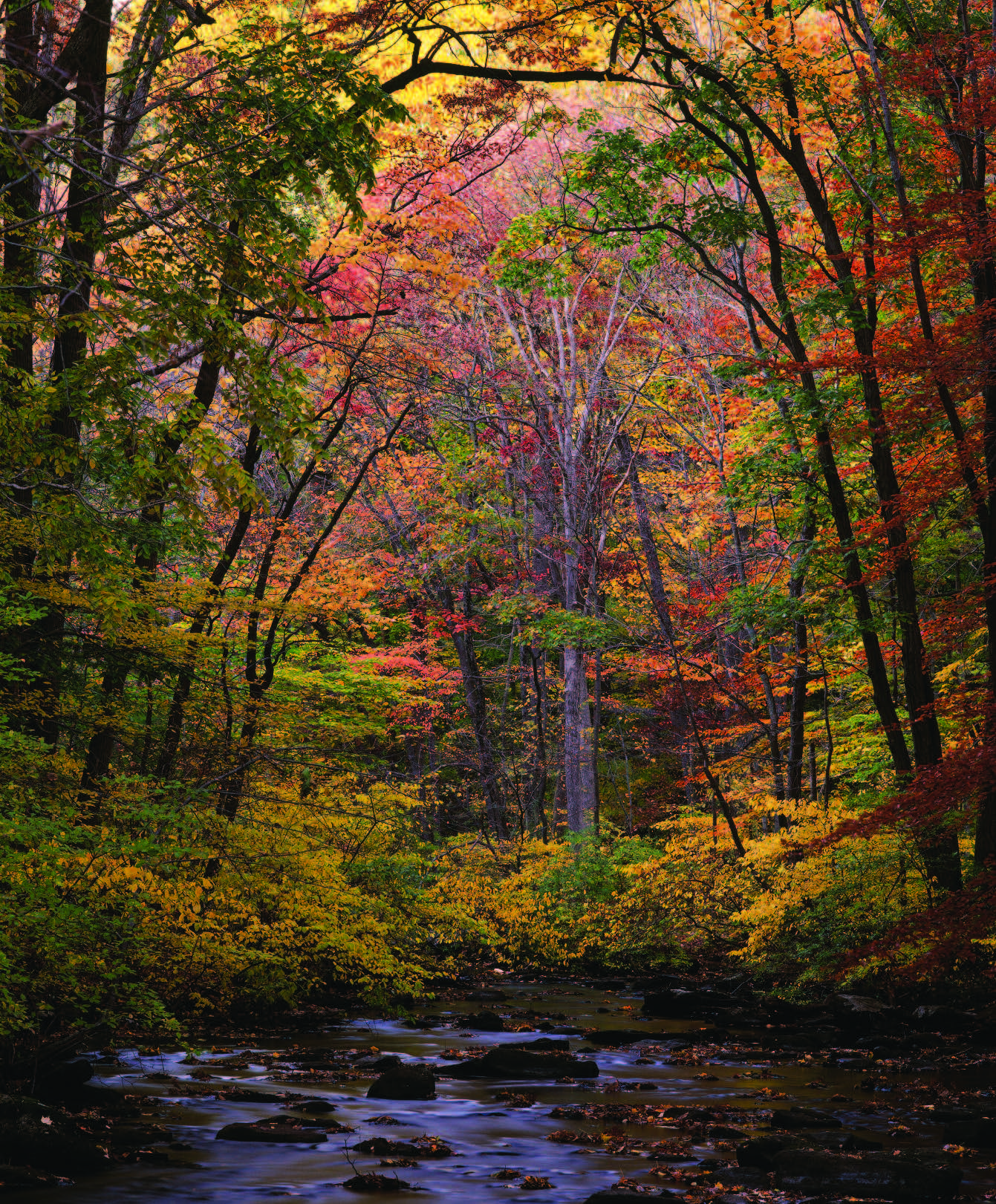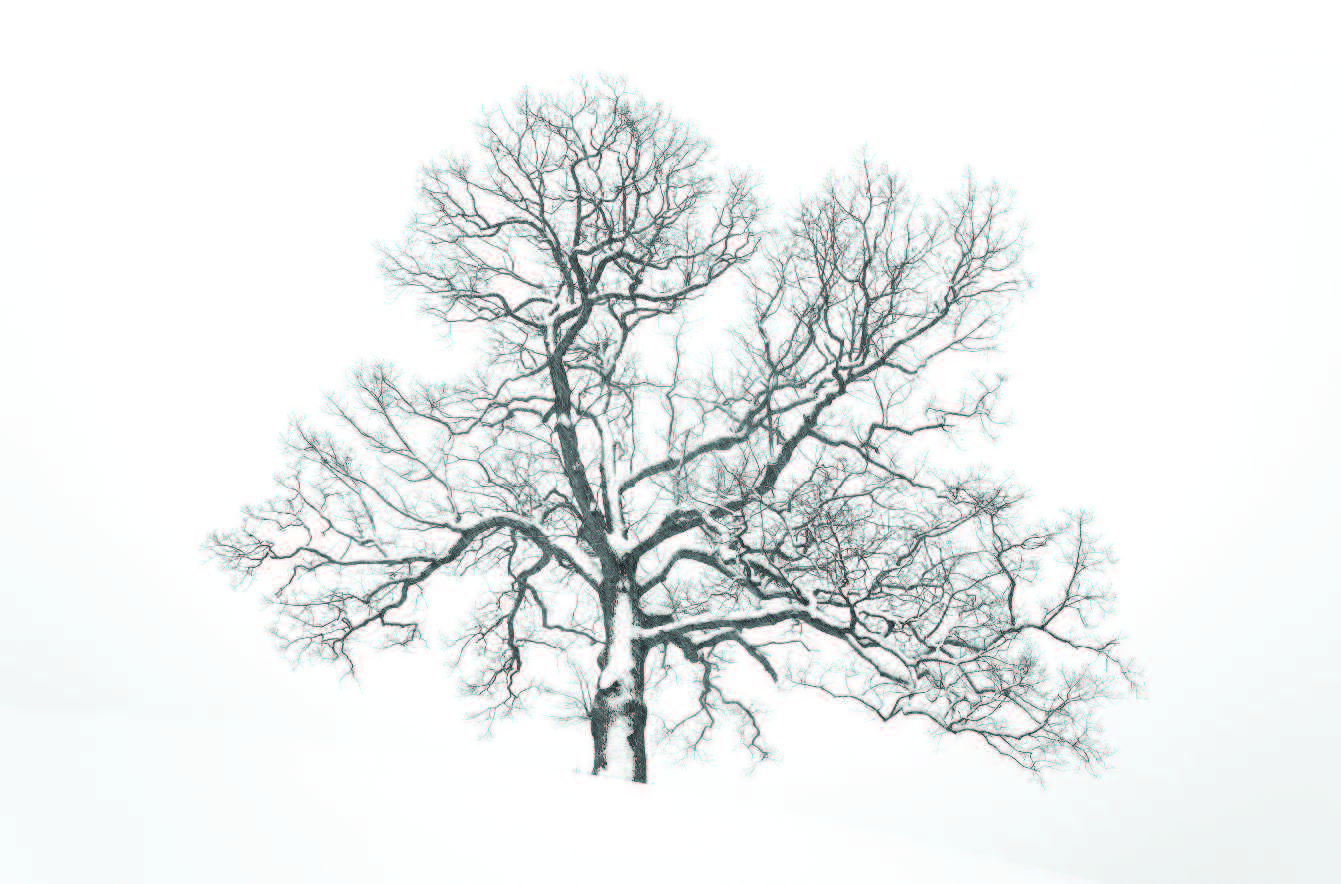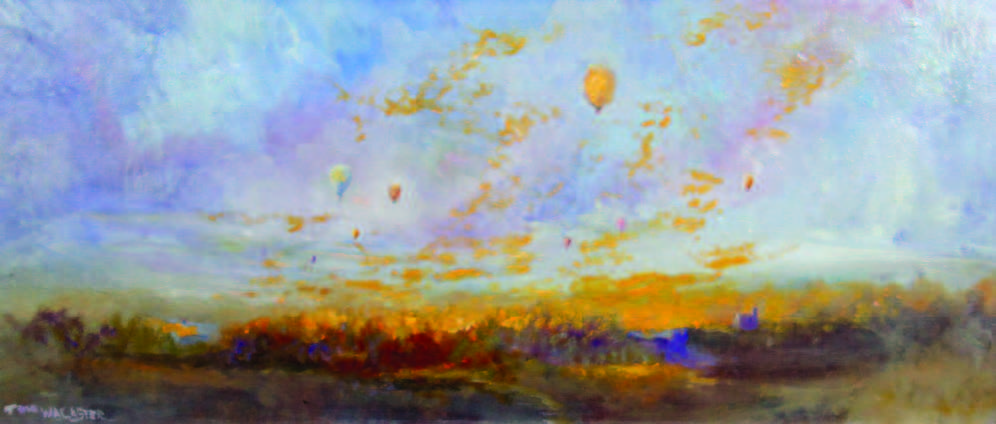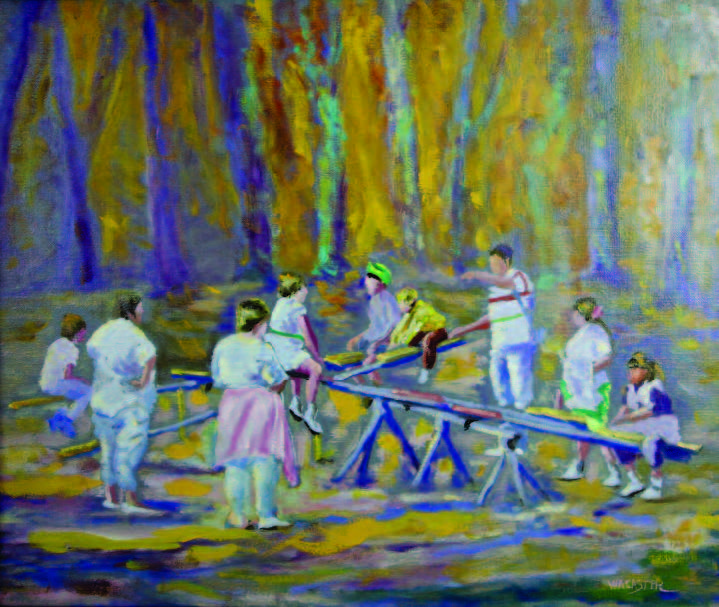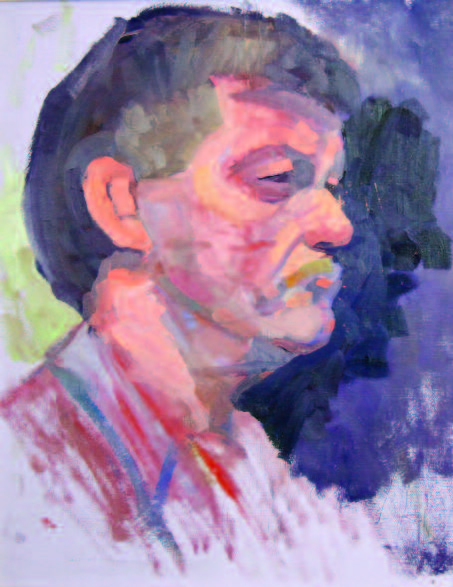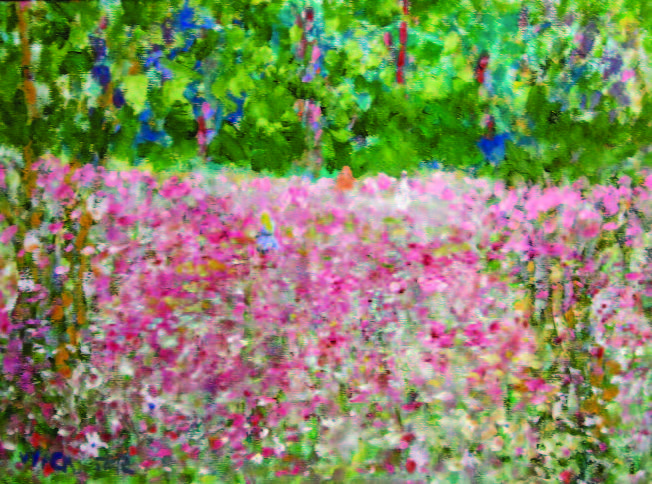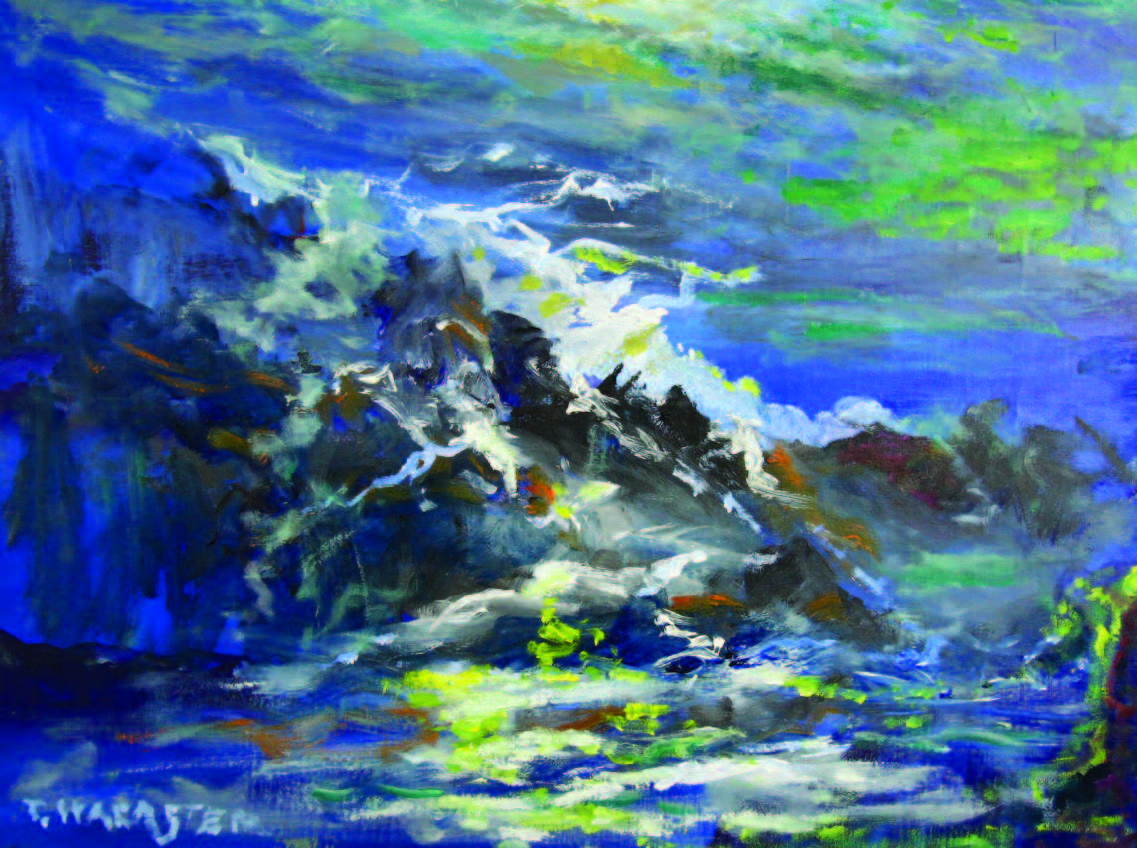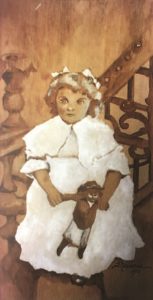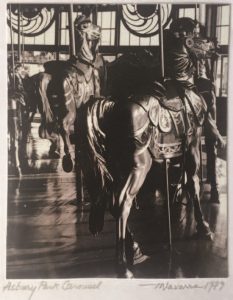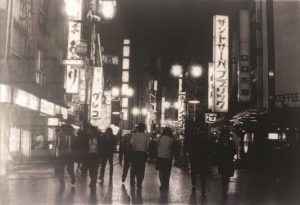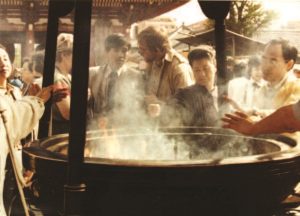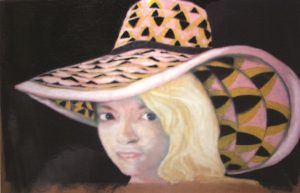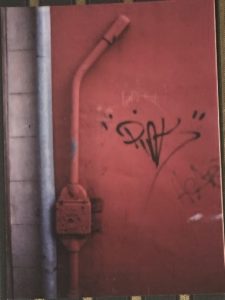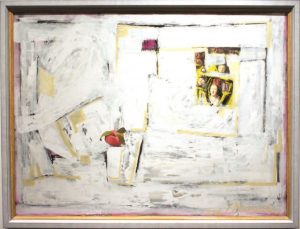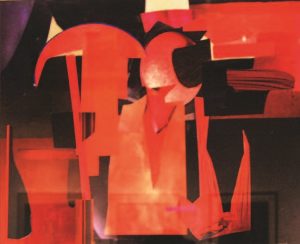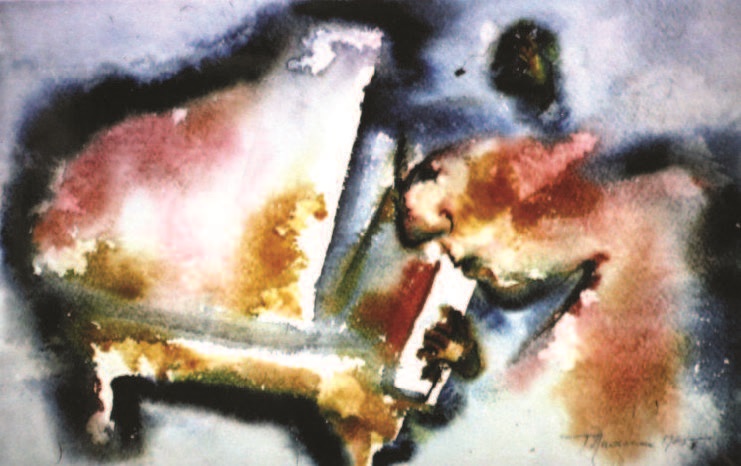That year Elizabeth played baseball with the big guys.

Karen Finkelstein
During the winter of 1872–73, Elizabeth caught an expensive case of baseball fever. The sport had long been popular in the city, which had grown to over 20,000 residents in the years after the Civil War. In 1870 and again in 1872, Elizabeth’s amateur baseball club, the Resolutes, had claimed the New Jersey championship. Their main rivals were in Jersey City, Newark and Irvington. The 1872 championship, the result of a 42–9 thumping of the Champion Club of Jersey City—along with rousing victories over some leading professional clubs—convinced supporters of the Resolutes to recruit a lineup of professional players in 1873 and join the National Association, forerunner of today’s National League. This would mark the city’s one and only season in baseball’s big leagues. Their competitors that year included teams from major cities: Boston, New York City, Philadelphia, Baltimore, Brooklyn, and Washington, DC.
As insane as it seems to see Elizabeth on that list of “major-league” cities, the enthusiasm heading into the spring of 1873 was not entirely unfounded. Most experts considered the 1872 Resolutes the finest amateur team in the region, if not the nation. But baseball was still a very young sport and few teams had found a way to make the professional game profitable. Even the Boston Red Stockings, the National Association’s pennant-winners in 1872, were thousands of dollars in debt at the end of the year and sent some of their players home for the winter minus a final paycheck. The Resolutes hoped to solve this problem by forming a “cooperative” club. They would pay their expenses and salaries from their portion of each game’s gate receipts, collected from the city’s rabid baseball populace.
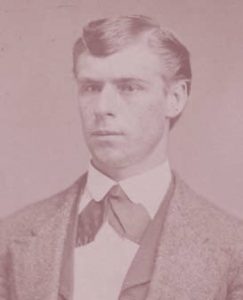
NJSports.com
This was a fine idea on paper, but if you were a top player in 1873, would you play for a club that couldn’t guarantee your salary? If you said No way then you’re not alone. The Resolutes were laughed off by nearly every player they approached with this scheme. With no top stars interested in this proposition, the Resolutes cobbled together a roster of players from previous failed cooperative experiments, along with some local journeymen and a few better players who, unfortunately, were known as much for their surly attitudes and fondness for the bottle as their skills on the diamond. Those who did throw in with the club were encouraged by the fact that the team’s catcher, Doug Allison (above), was also the manager. The 26-year-old was the closest thing the Resolutes had to a “star.”
Catcher was the most important position on the field in the 1870s and Allison was one of the first players to move right up behind the batter to receive pitches on a fly instead of on a bounce, inviting the bat to cut through the air just a few inches from his face. A bit like NASCAR fans, Allison’s supporters came to witness his skill and daring, while also recognizing that a bloody accident was potentially just one pitch away. Another notable Resolute was a scary guy named Rynie Wolters, the first professional baseball player born in the Netherlands. Wolters had made a living in the 1860s as a cricket bowler and took up baseball pitching as the fortunes of the latter rose and the former faded. Despite the fact they served as Elizabeth’s opening day battery, Allison and Wolters were not what you’d call team players. They were baseball mercenaries and made no bones about it.
Filling out the lineup were Doug Allison’s brother, Art, along with Eddie Booth and Henry Austin—who formed the Resolute outfield—pitcher Hugh Campbell, and Favel Wordsworth, a shortstop with a name that seemed more appropriate for the stage than the diamond.
More than 500 fans braved chilly late-April temperatures to watch the Resolutes play their first official game, in Philadelphia. Wolters was horrible and they lost to their hosts, the Athletics, 23–5. Wolters stormed off and did not pitch again for Elizabeth, leaving Campbell to shoulder almost the entire pitching load the rest of the year. The Resolutes made a better showing in their second contest, falling to the Baltimore Canaries by an 8–3 margin, this time in front of 300 spectators.

Karen Finkelstein
Three areas of concern that cropped up almost immediately were that 1) the players didn’t seem to be gathering for practice between games, 2) because their home field did not have a dressing room, the player had to change into their uniforms in an Elizabeth rooming house, and 3) for some reason lost to history, the club was not actively advertising the date and location of its games.
Elizabeth was winless in May and, despite logging its first victory—over the Brooklyn Atlantics and their star fielder Bob “Death to Flying Things” Ferguson—barely drew flies for the club’s June meeting with the star-studded Red Stockings. Low attendance not only reduced the Resolutes’ basic operating capital, it also ate into the players’ “co-op” income, the combination of which triggered a slow, agonizing death spiral.
When the Resolutes visited Boston in July, the Red Stockings crunched two games into one day, marking what appears to have been professional baseball’s first doubleheader. The first of those games turned out to be the National Association’s greatest upset, an inexplicable 13–2 win by Elizabeth. The Red Stockings, with four future Hall of Famers in the lineup, woke up and won the second game, 32–3. The great victory in Boston was only the Resolutes’ second of the year and, as it turned out, their last of the season. They finished 2–21 in official league games and folded as a professional organization in August after several key players abandoned ship in search of better paydays.
Though an unqualified failure both on and off the field, the Elizabeth Resolutes were nonetheless a noble attempt to elevate a growing but still-small city to big-city status through sports. It wasn’t the first time civically minded American citizens tried to pull this off, nor would it be the last. The difficulties encountered by the club did, however, bring most sane baseball people to the painful conclusion that cooperative teams could not and should not be a part of the growing professional game. The numbers simply did not work. The good news is that the Resolutes reverted to amateur status and remained one of the state’s better teams for several years.

Elizabeth never lost its appetite for baseball. Its sandlot and high school teams produced more than two dozen professional players over the years—most recently Alex Reyes of the St. Louis Cardinals, who pitched in the 2021 All-Star Game. As for the Resolutes, well, they are still playing—their home field is actually in Rahway River Park—as a vintage baseball club that uses the same rules and equipment the original Resolutes did in the 1870s. The team was conceived by the late Paul Salomone of Westfield and first took the field in 2000.
Editor’s Note: For more information on the Elizabeth Resolutes vintage baseball club, visit their Facebook page.
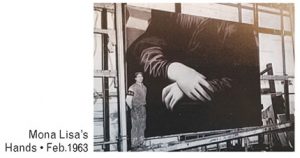

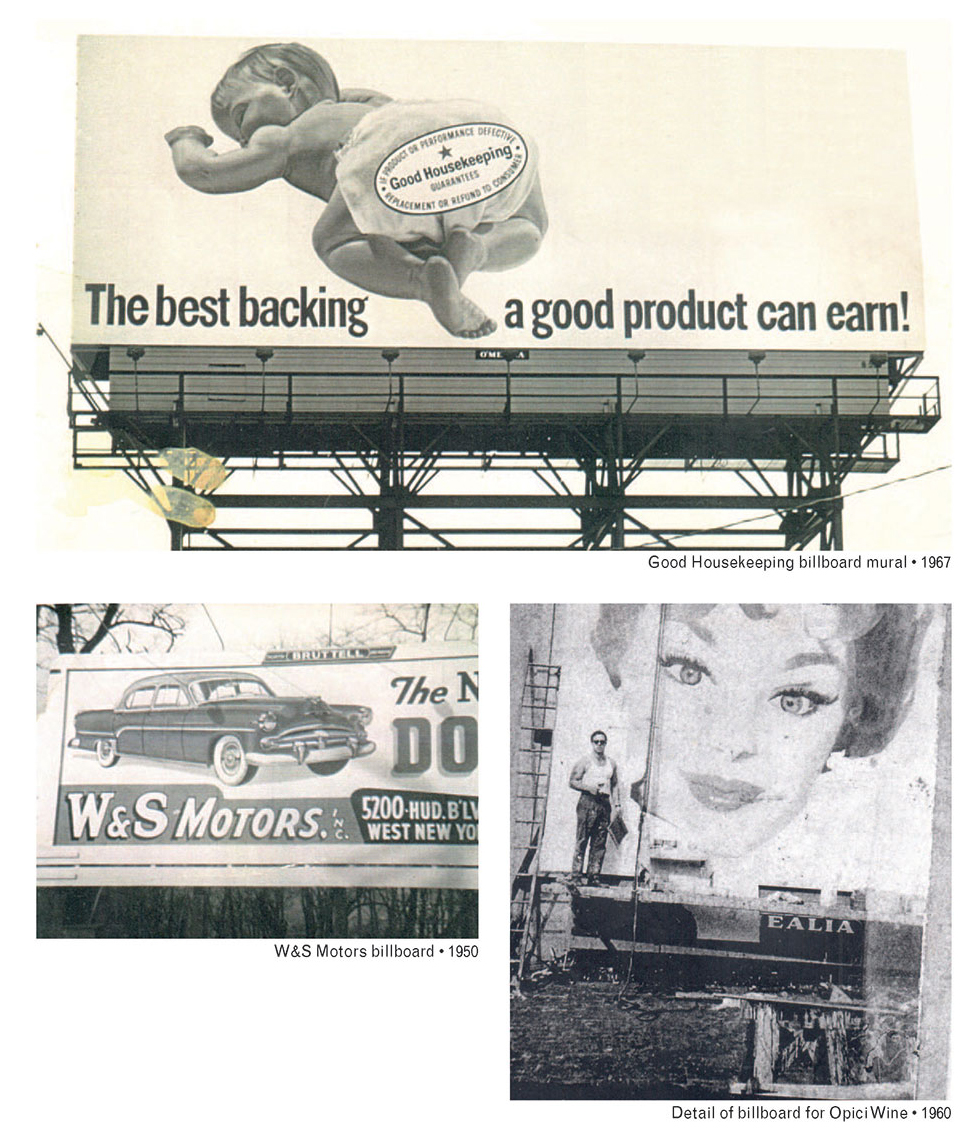

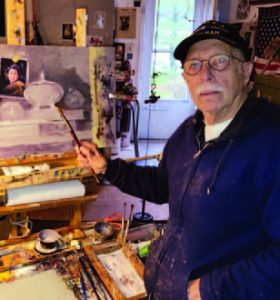 See the billboards along the roads? Art? Not like the ones by representational artist Louis Riccio of Brick Township. He spent 20 years on scaffolding as he hand-painted huge billboards. Working in tempera and other mediums, he maximized all he learned from legendary New Jersey artist John Grabach—in addition to three years of art school in New York City and six years at the Newark School of Fine and Industrial Arts. He painted da Vinci’s The Last Supper in two and a half months. “I follow the traditions and work ethics of the old masters,” says Riccio, 90, who served in the Korean War as a medic. Given his career as an award-winning painter, Riccio’s landscapes, portraits and still lifes will never be taken from sight as his billboards were long ago.
See the billboards along the roads? Art? Not like the ones by representational artist Louis Riccio of Brick Township. He spent 20 years on scaffolding as he hand-painted huge billboards. Working in tempera and other mediums, he maximized all he learned from legendary New Jersey artist John Grabach—in addition to three years of art school in New York City and six years at the Newark School of Fine and Industrial Arts. He painted da Vinci’s The Last Supper in two and a half months. “I follow the traditions and work ethics of the old masters,” says Riccio, 90, who served in the Korean War as a medic. Given his career as an award-winning painter, Riccio’s landscapes, portraits and still lifes will never be taken from sight as his billboards were long ago.
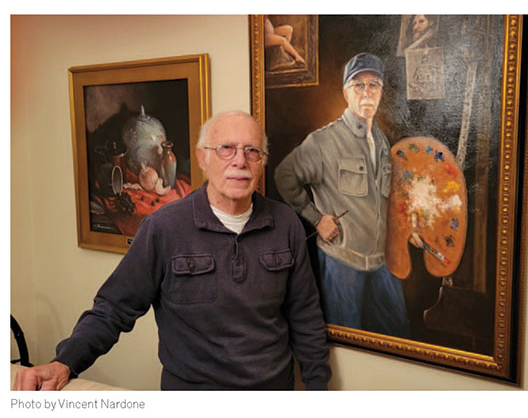





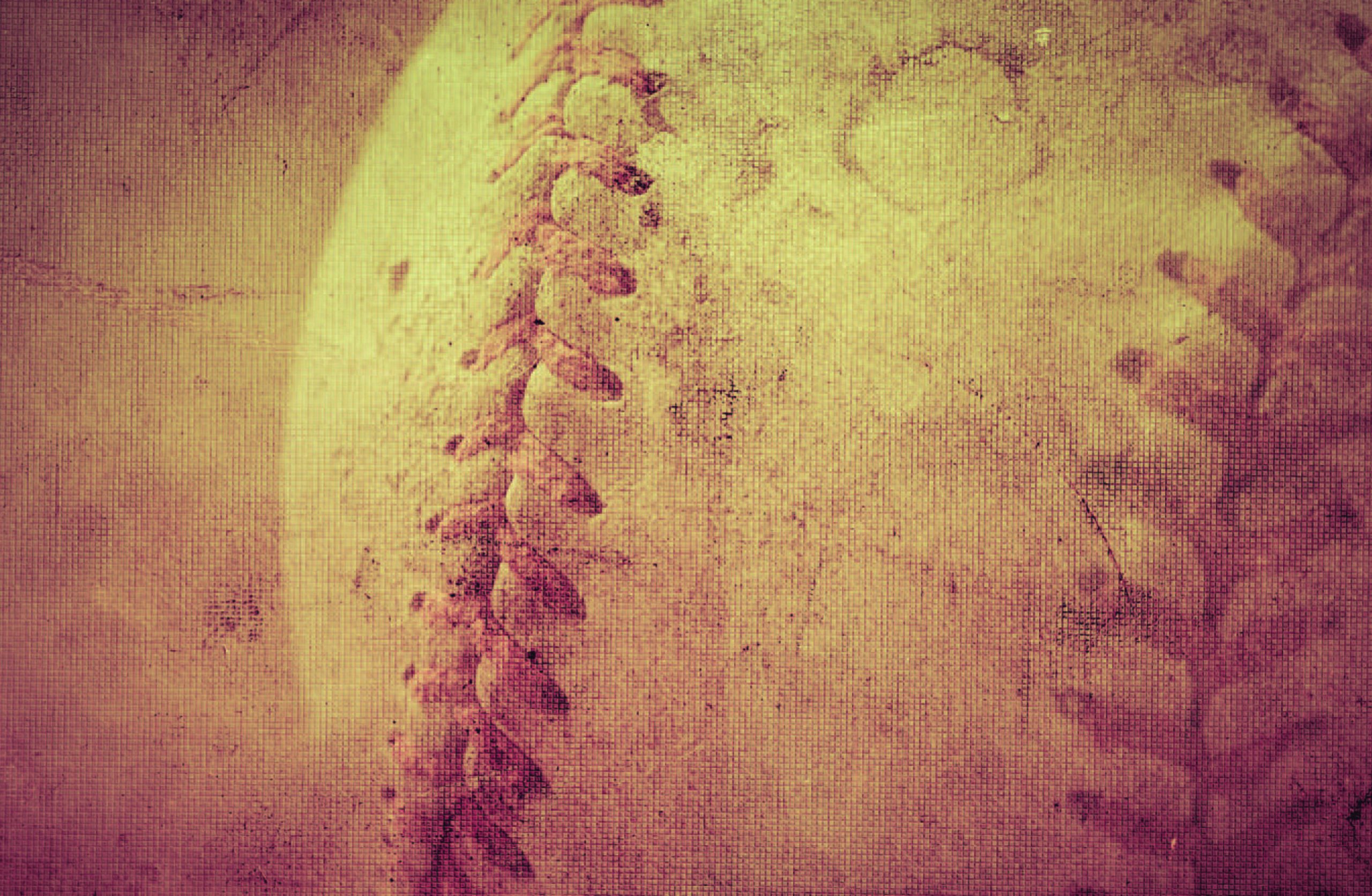
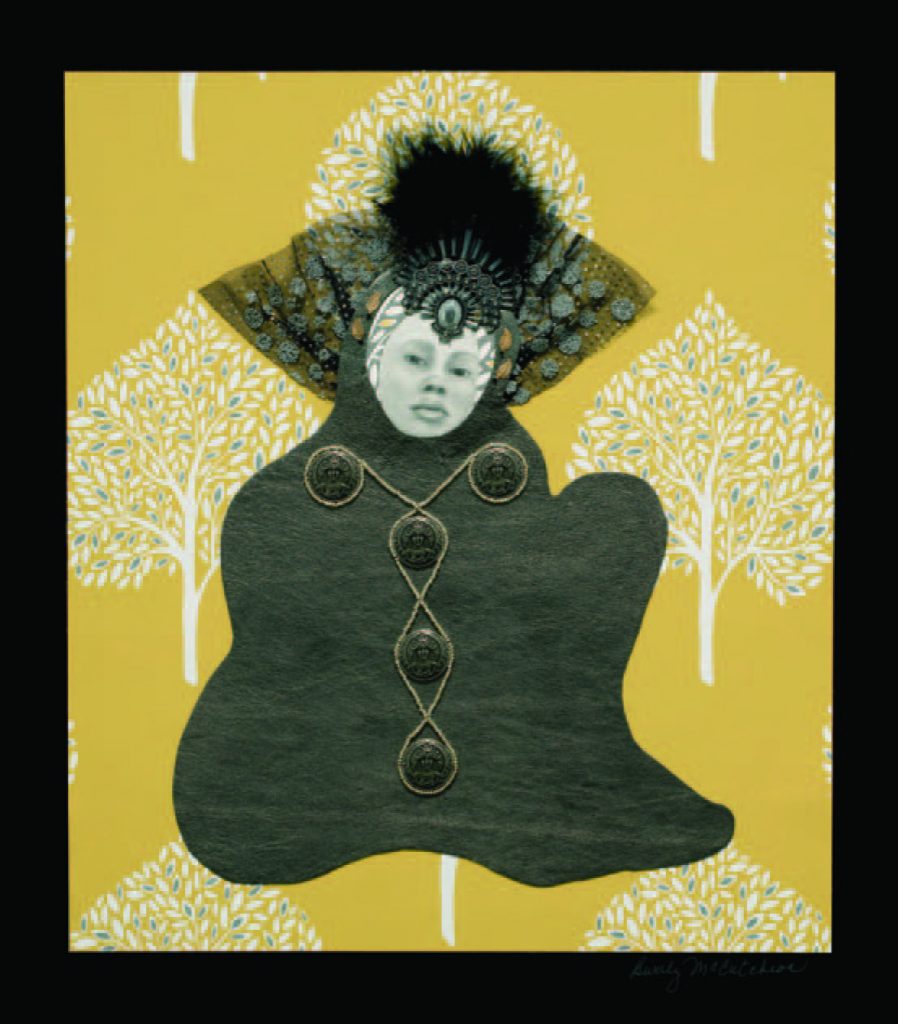


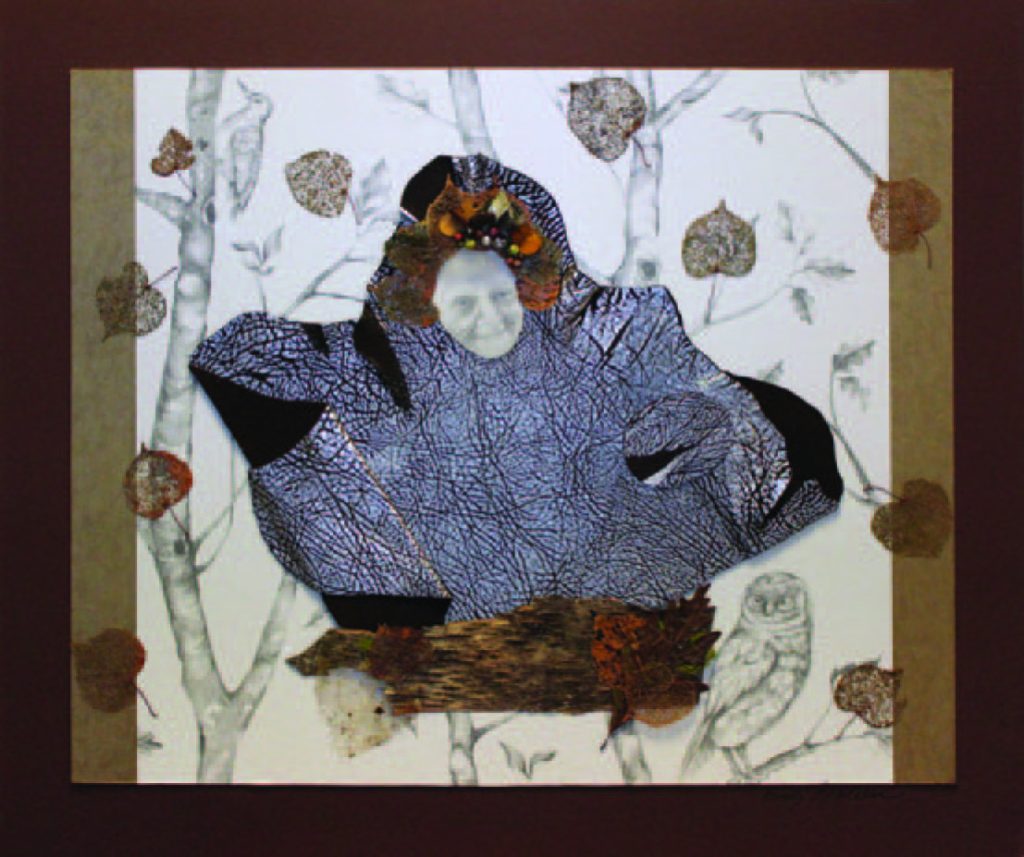

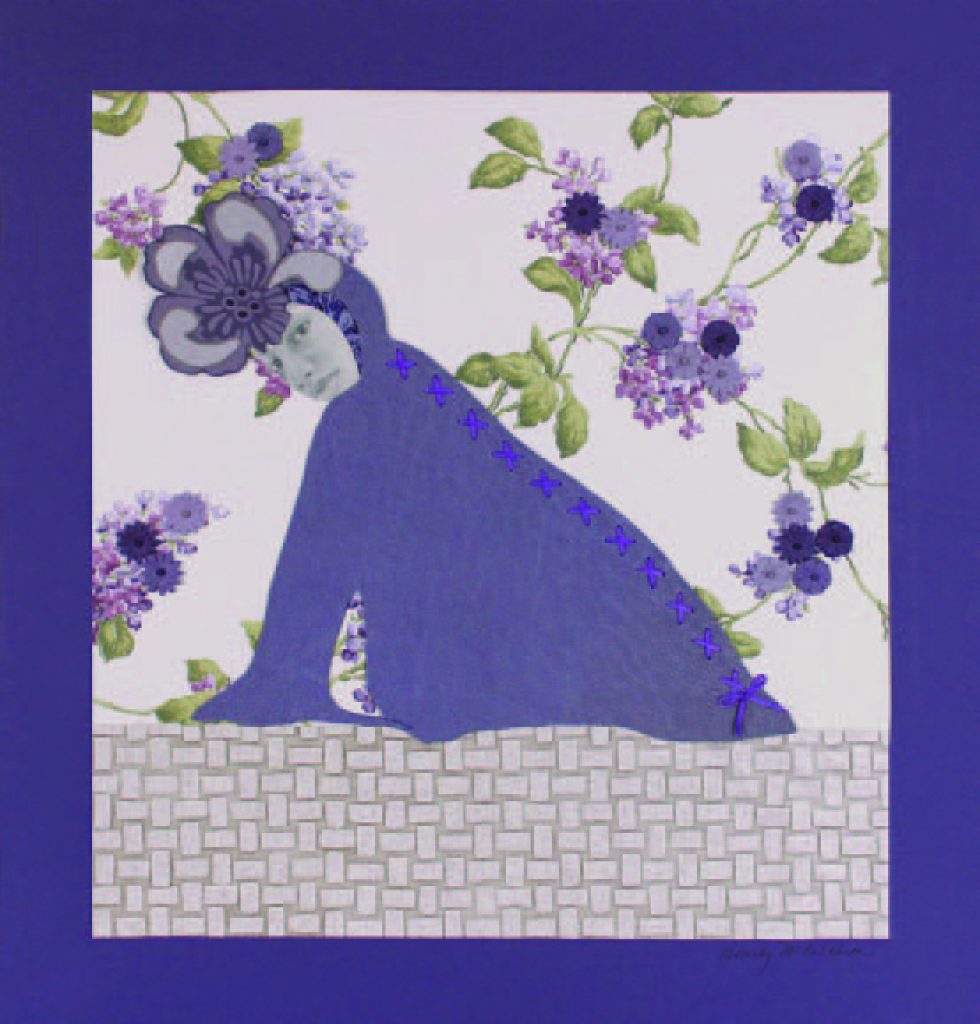

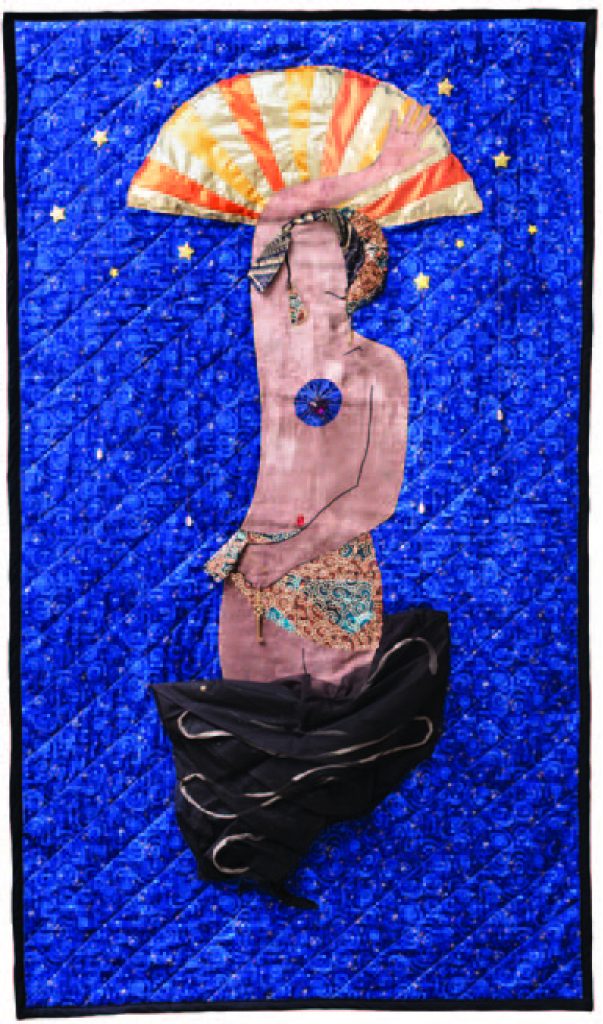

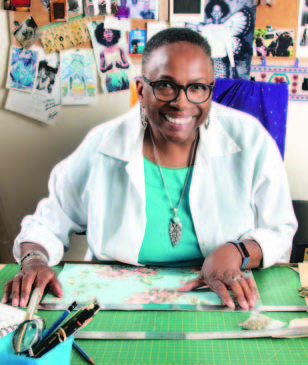


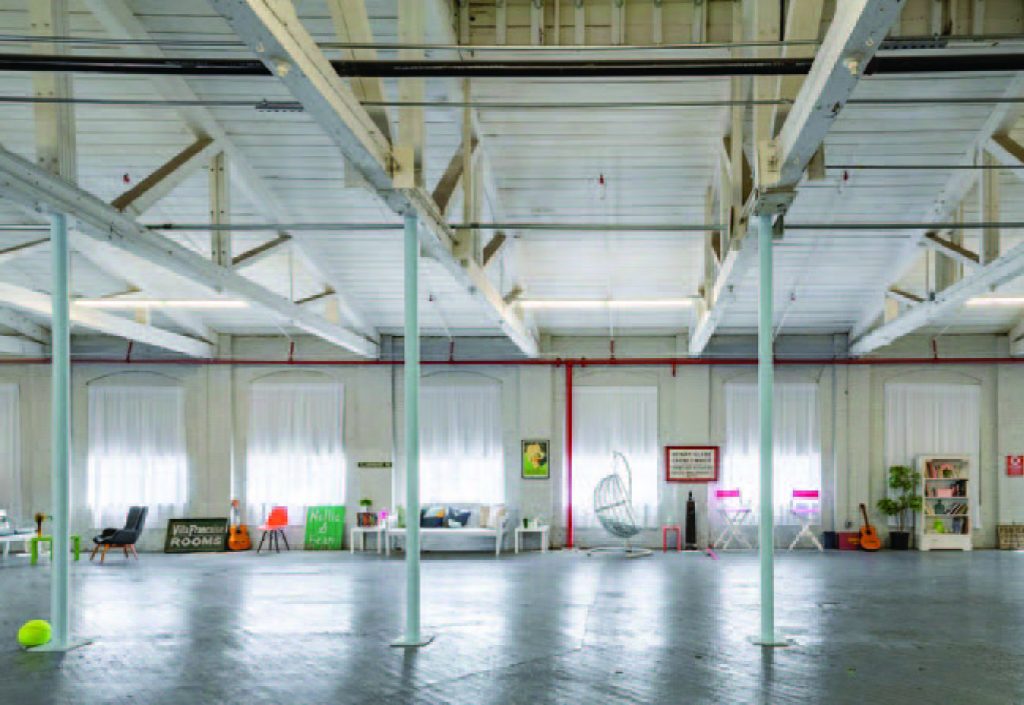
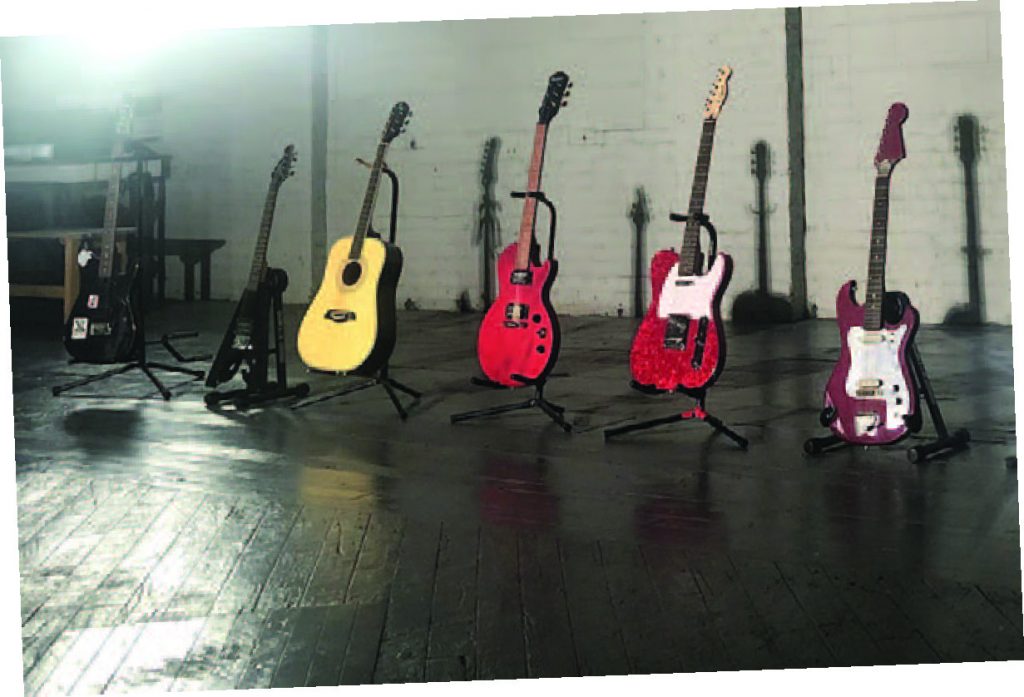
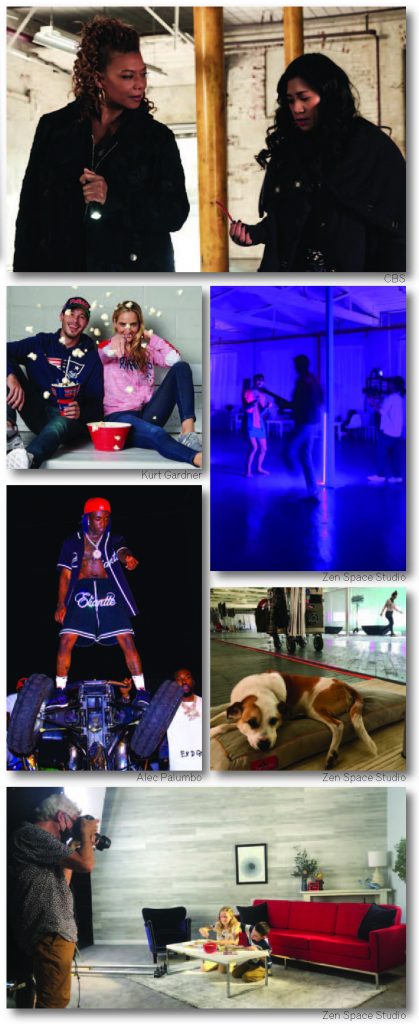
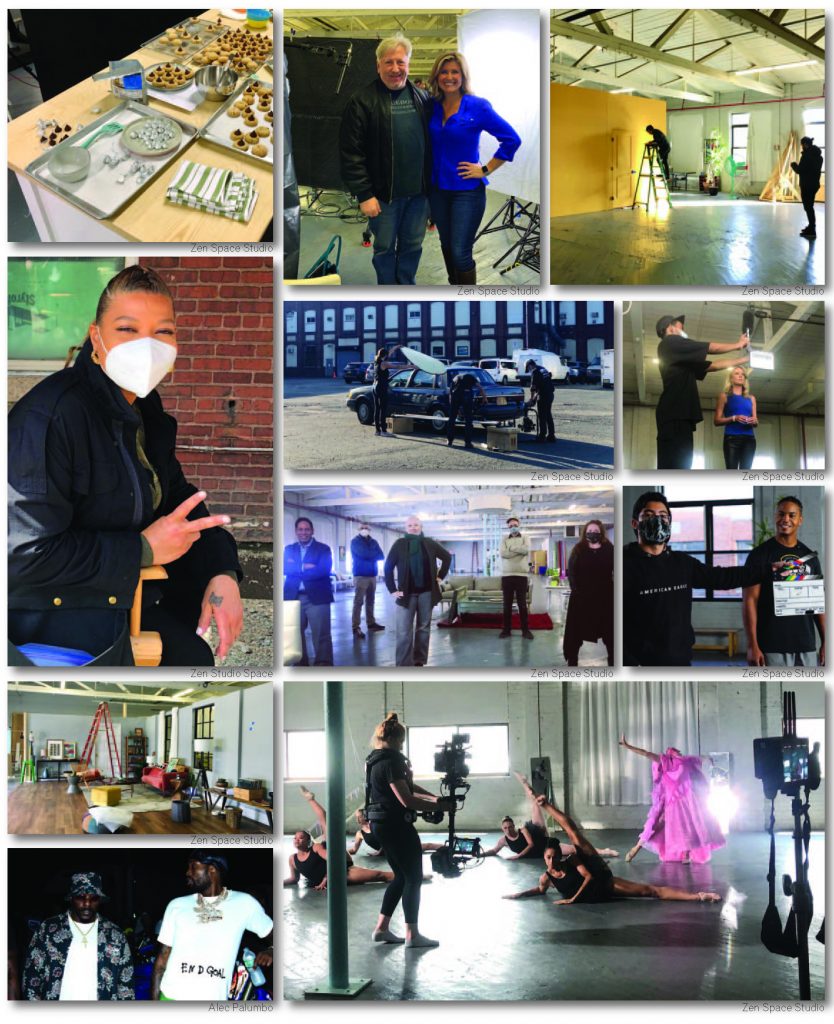

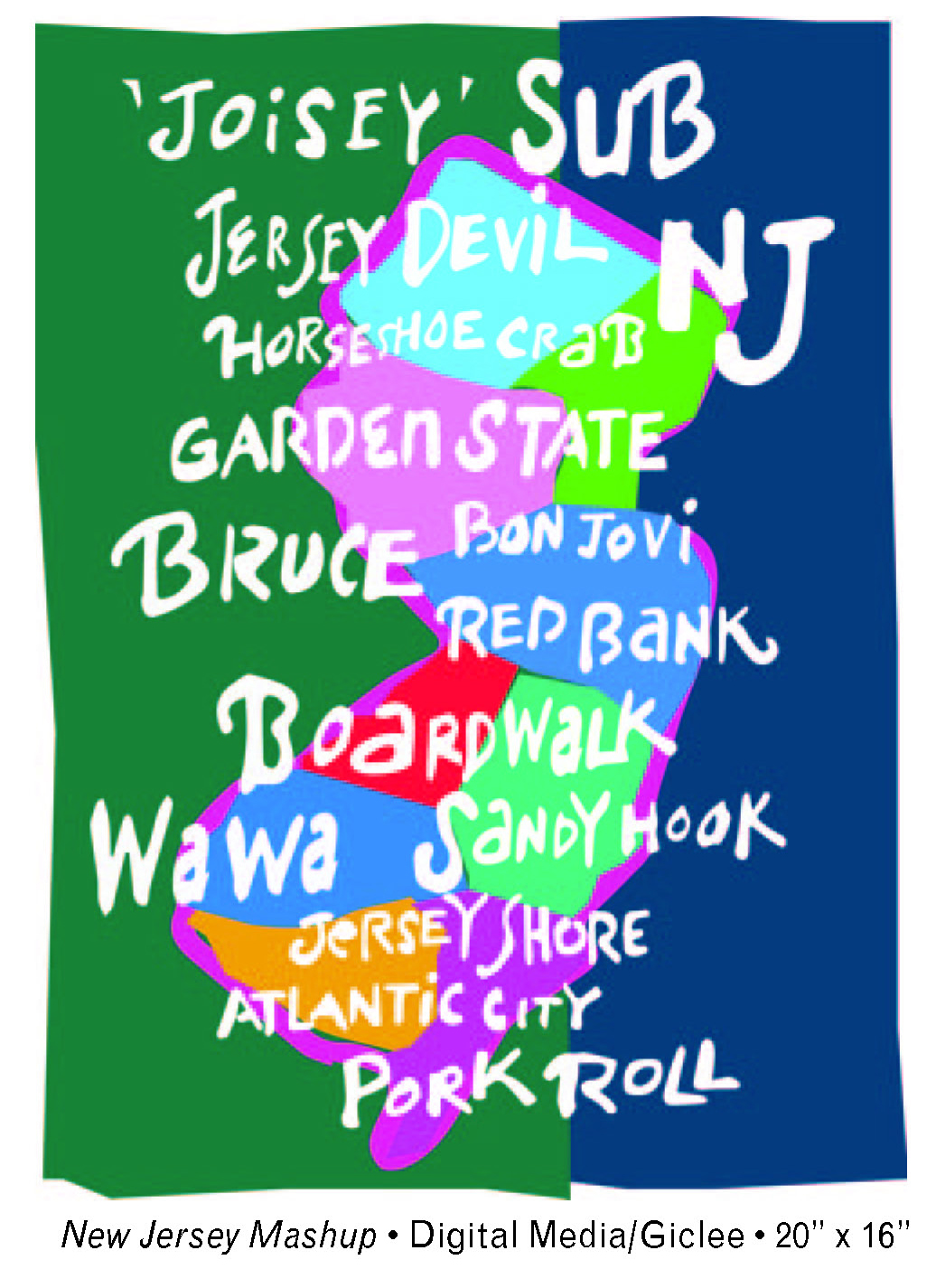
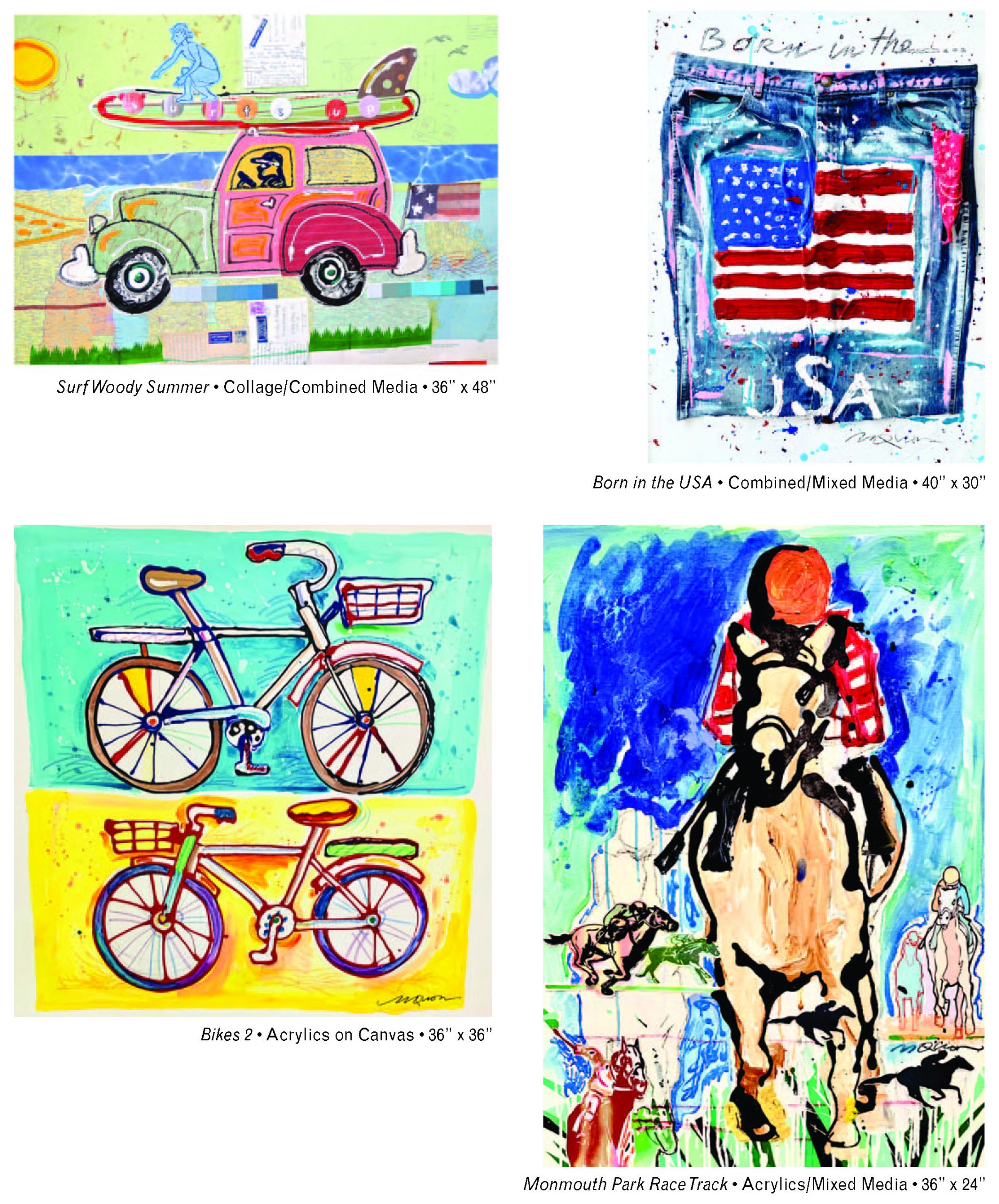
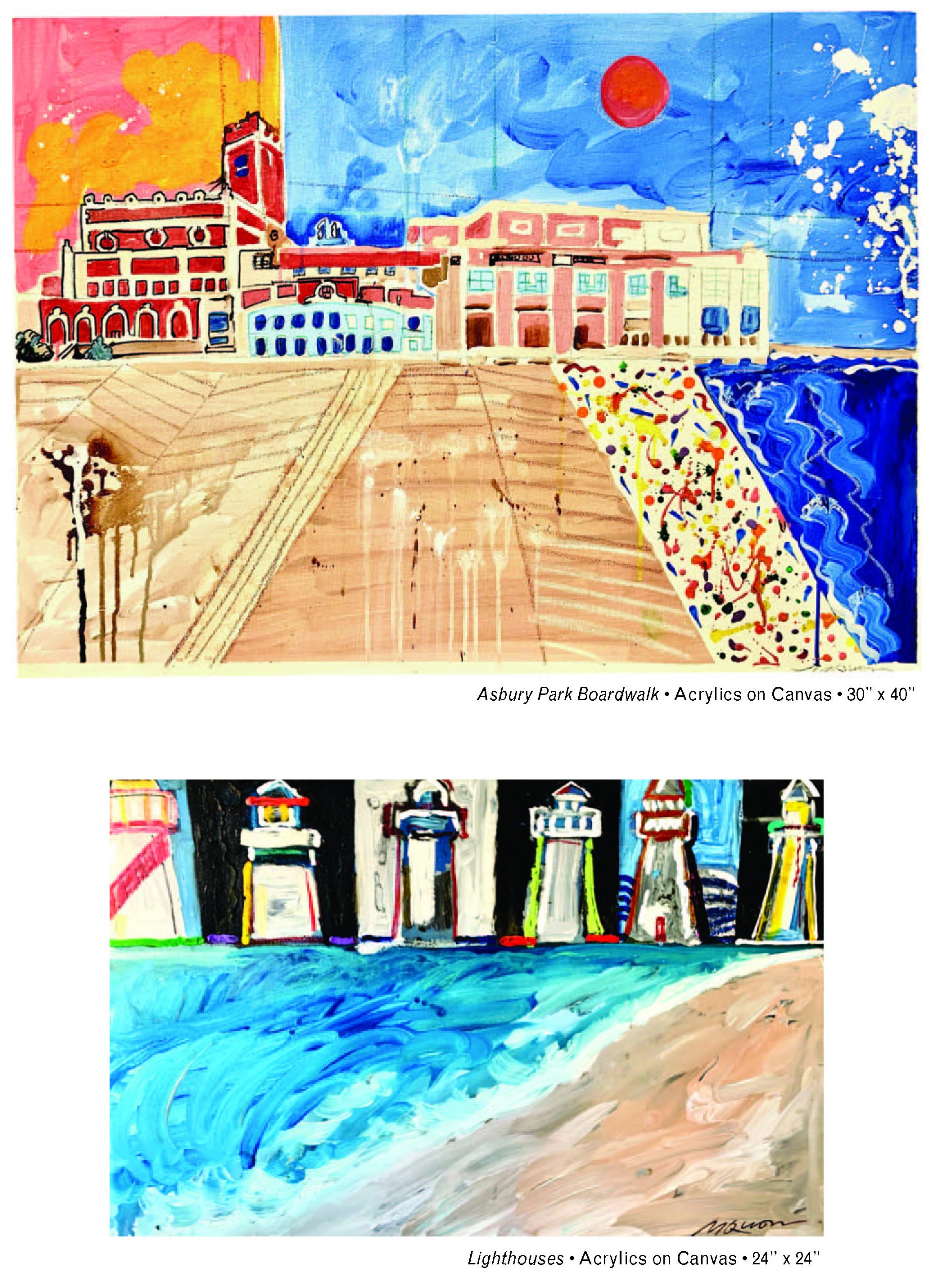
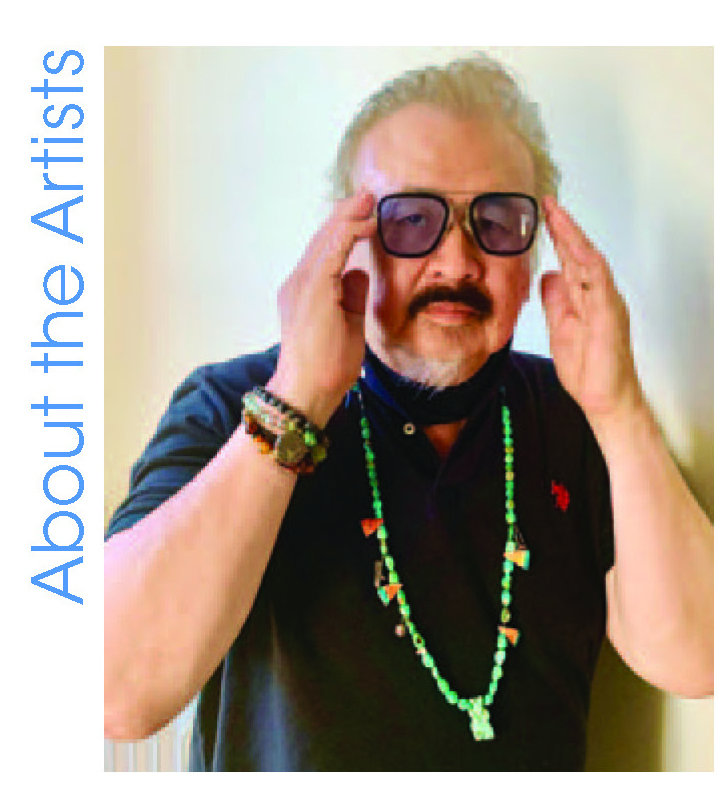
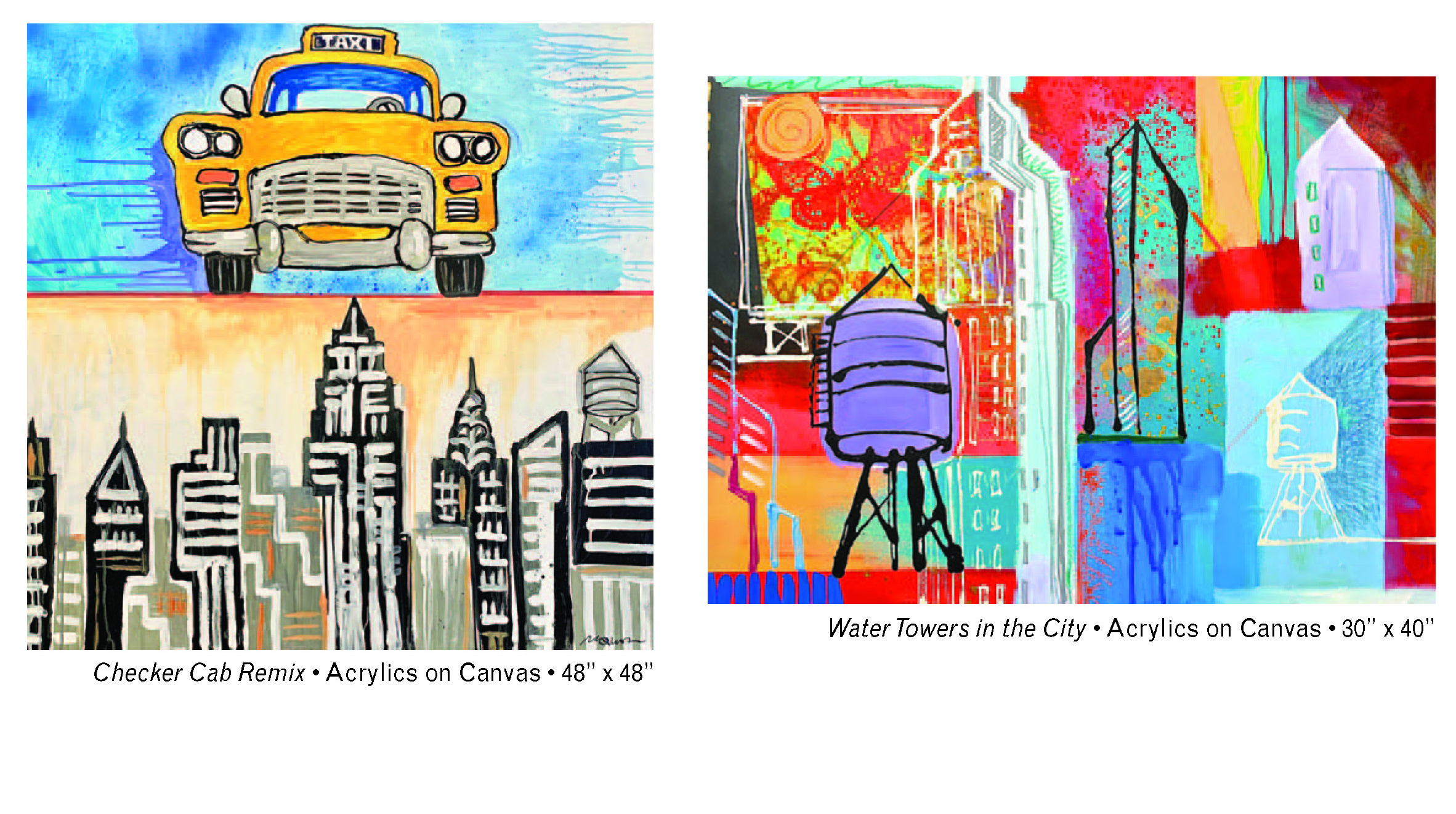
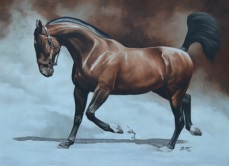
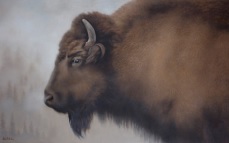
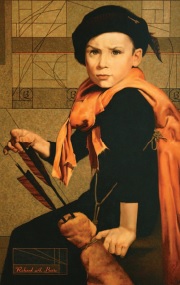
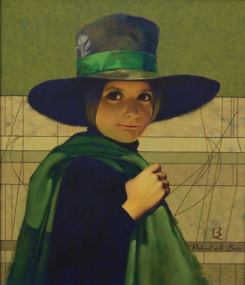
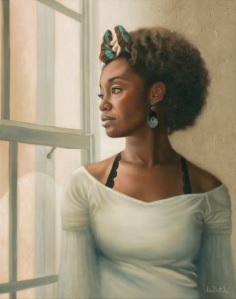
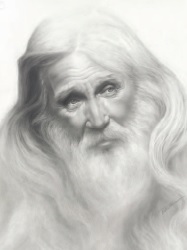

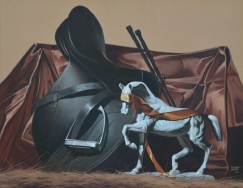
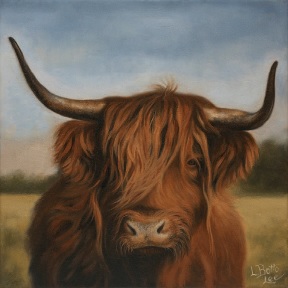
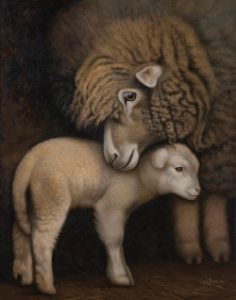

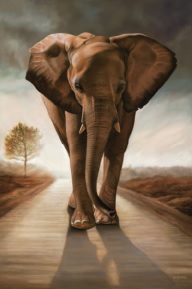
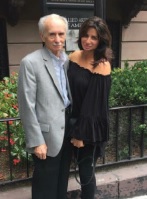 My father and I have never exhibited together,” says Lisa Botto Lee, a New Jersey native now of Weston, FL. “We’re so excited to see our work side by side.” She and her father, Richard A. Botto, of Ridgefield Park, have many accolades. Both do portraits, nature, wildlife, and figurative work. Richard specializes in equine paintings. Says Richard, “It’s been a privilege to paint some of the greatest harness champions,” among them are Moni Maker and Marion Marauder, a Triple Crown winner. A graduate of Pratt Institute, Richard studied at the Art Students League, his work has been exhibited in the National Academy of Design, NY, The Trenton Museum, Bergen Museum of Arts & Sciences, NJ, the Butler Institute of American Art, OH, The Harness Racing Museum & Hall of Fame and other prestigious venues.
My father and I have never exhibited together,” says Lisa Botto Lee, a New Jersey native now of Weston, FL. “We’re so excited to see our work side by side.” She and her father, Richard A. Botto, of Ridgefield Park, have many accolades. Both do portraits, nature, wildlife, and figurative work. Richard specializes in equine paintings. Says Richard, “It’s been a privilege to paint some of the greatest harness champions,” among them are Moni Maker and Marion Marauder, a Triple Crown winner. A graduate of Pratt Institute, Richard studied at the Art Students League, his work has been exhibited in the National Academy of Design, NY, The Trenton Museum, Bergen Museum of Arts & Sciences, NJ, the Butler Institute of American Art, OH, The Harness Racing Museum & Hall of Fame and other prestigious venues.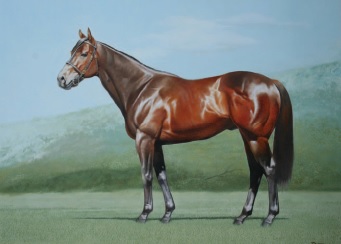
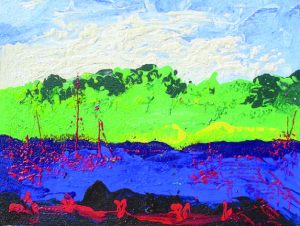
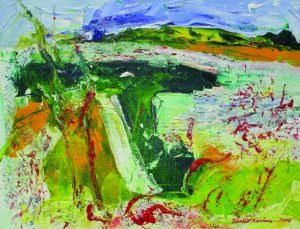
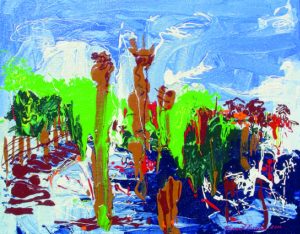 Inlet Meltdown, 2006 Acrylics on board, 24” x 30” Private Collector
Inlet Meltdown, 2006 Acrylics on board, 24” x 30” Private Collector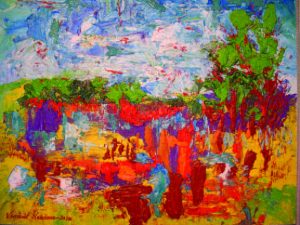
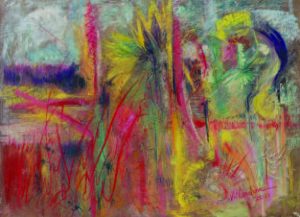 Nature’s Pride, 2011
Nature’s Pride, 2011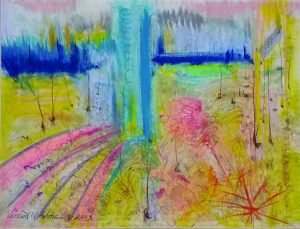 Back Bay Whimsy, 2013
Back Bay Whimsy, 2013 Storm Brewing on the Barnegat, 2017 Encaustic on metal, 11” x 14”
Storm Brewing on the Barnegat, 2017 Encaustic on metal, 11” x 14” Shore Energy, 2019
Shore Energy, 2019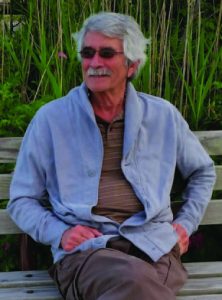 All you need is an eye for fun and an ageless spirit to appreciate the work of internationally known artist Vincent Nardone of Brick Township, who describes himself as a Visionary Expressionist. His art reflects the rhythms and patterns of New Jersey back bays and coastlines. Says Nardone, “My creative process is a textural journey synthesized into bits and then abstracted into imagery using pastels, watercolor, mixed media, and acrylic impasto. I like to work on location with my palette knife, brushes, and ideas.” Many of his works seem to dance like sugarplum fairies along the waterways he often describes as “whimsy.” A South Orange native, Nardone recalls, “My mother wanted me to be a priest, but I wanted to be an artist and go out with girls.” He studied at the Newark School of Fine and Industrial Arts, Montclair State University, USC, and did annual post-graduate work in Paris and Florence. He taught in the South Orange-Maplewood school system for 30 years. He also won major awards, including Le Salon, Paris; Prix Rubens Medal; gold medals from the Audubon Artists, and other major awards from Allied Artists of America. All “sugarplums,” too.
All you need is an eye for fun and an ageless spirit to appreciate the work of internationally known artist Vincent Nardone of Brick Township, who describes himself as a Visionary Expressionist. His art reflects the rhythms and patterns of New Jersey back bays and coastlines. Says Nardone, “My creative process is a textural journey synthesized into bits and then abstracted into imagery using pastels, watercolor, mixed media, and acrylic impasto. I like to work on location with my palette knife, brushes, and ideas.” Many of his works seem to dance like sugarplum fairies along the waterways he often describes as “whimsy.” A South Orange native, Nardone recalls, “My mother wanted me to be a priest, but I wanted to be an artist and go out with girls.” He studied at the Newark School of Fine and Industrial Arts, Montclair State University, USC, and did annual post-graduate work in Paris and Florence. He taught in the South Orange-Maplewood school system for 30 years. He also won major awards, including Le Salon, Paris; Prix Rubens Medal; gold medals from the Audubon Artists, and other major awards from Allied Artists of America. All “sugarplums,” too.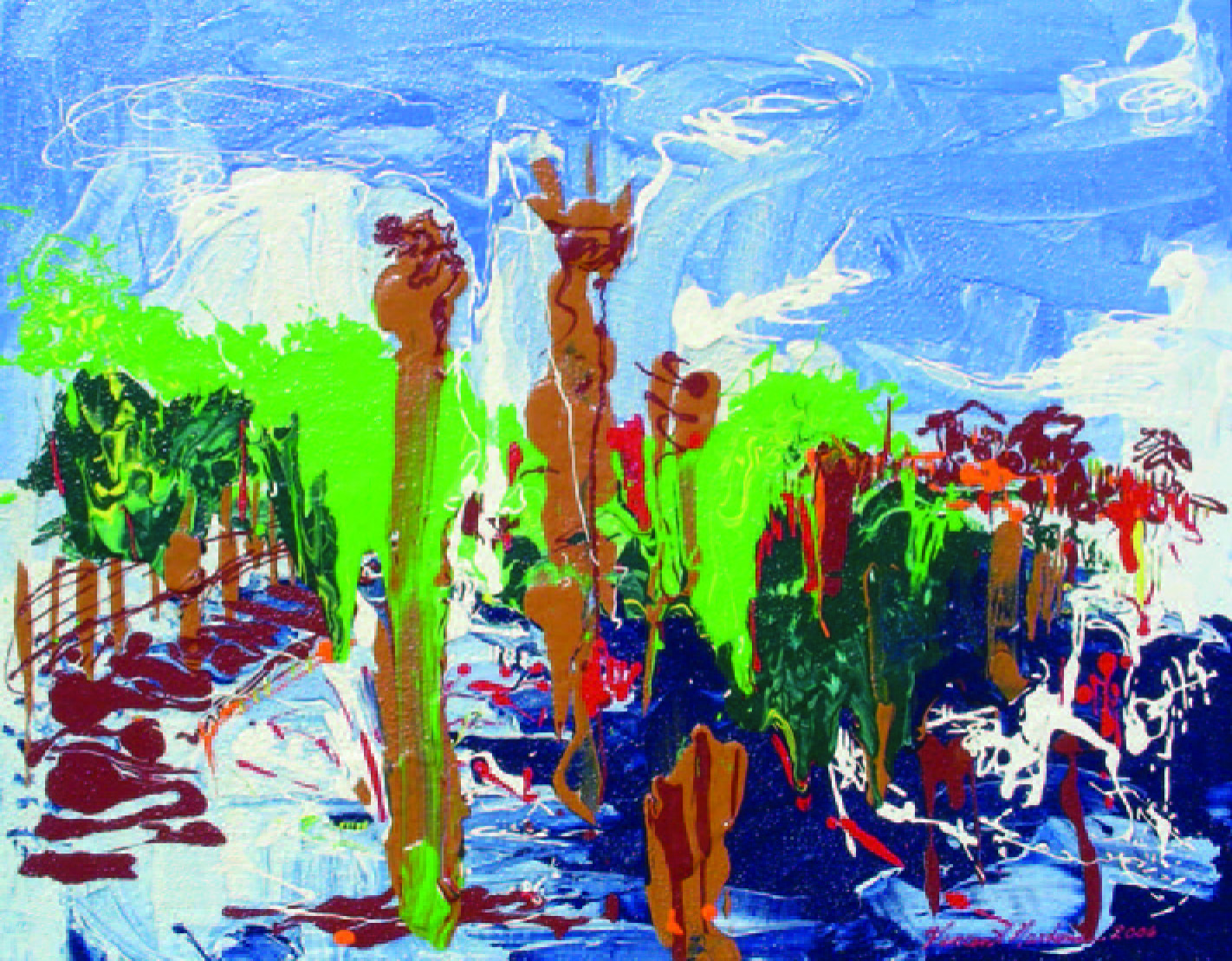



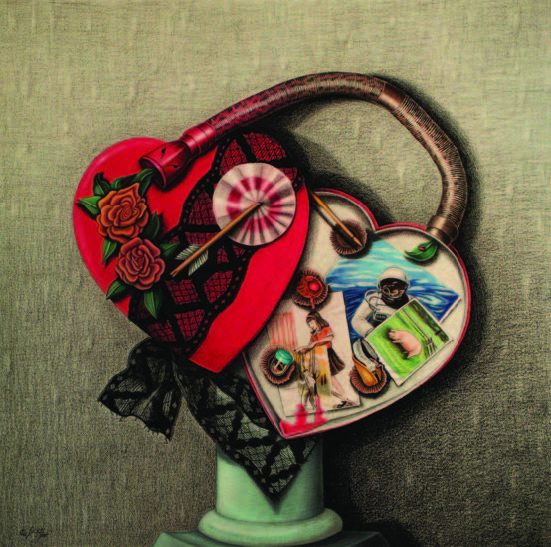
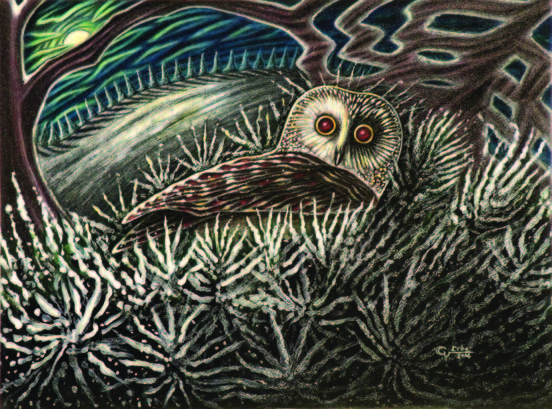

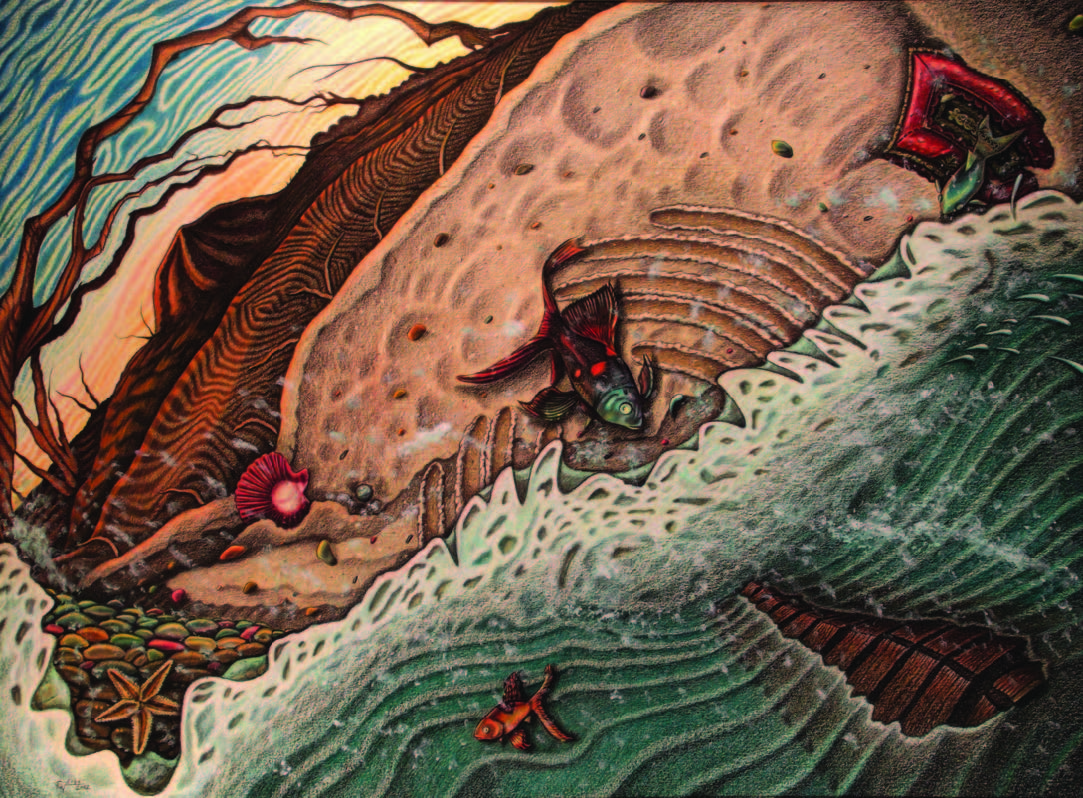

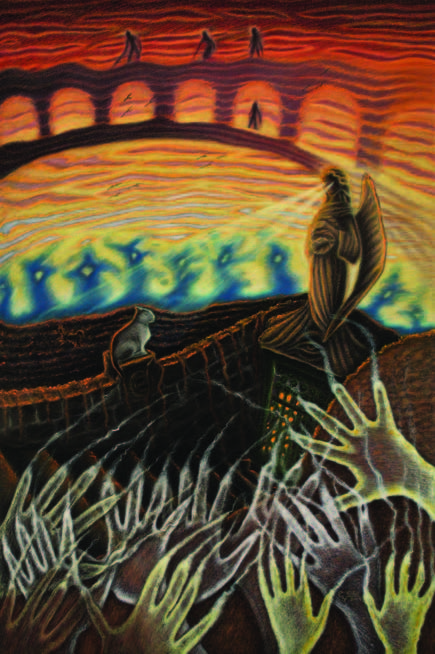
 Contemporary mixed media artist Chantell Van Erbé of North Bergen grew up in a family where art was “definitely in the blood.” Born in 1969, she drew freely on the walls of the family’s brownstone as a child in Weehawken. “I was surrounded by culture from birth,” she says, describing museums and art galleries as her “playgrounds” during the 1970s and 1980s. “I had little choice but to submit to a higher creative vision.” Painting is self-expansion, Chantell believes, a beautifully maddening and meditative process: “My technique is best described as process overflowing in transition.” Indeed, it exudes raw energy, fresh vision, bold colors and immediacy of place. Her art is less the reality she sees than the reality she remembers and, as she responds to subjects in both inner and outer worlds, she discovers new ways to encourage viewers to mindfully enter her work. “Art is a series of evolutions, numerous characterizations and endless connotations,” she says. “What tremendous power in those three letters!”
Contemporary mixed media artist Chantell Van Erbé of North Bergen grew up in a family where art was “definitely in the blood.” Born in 1969, she drew freely on the walls of the family’s brownstone as a child in Weehawken. “I was surrounded by culture from birth,” she says, describing museums and art galleries as her “playgrounds” during the 1970s and 1980s. “I had little choice but to submit to a higher creative vision.” Painting is self-expansion, Chantell believes, a beautifully maddening and meditative process: “My technique is best described as process overflowing in transition.” Indeed, it exudes raw energy, fresh vision, bold colors and immediacy of place. Her art is less the reality she sees than the reality she remembers and, as she responds to subjects in both inner and outer worlds, she discovers new ways to encourage viewers to mindfully enter her work. “Art is a series of evolutions, numerous characterizations and endless connotations,” she says. “What tremendous power in those three letters!” 
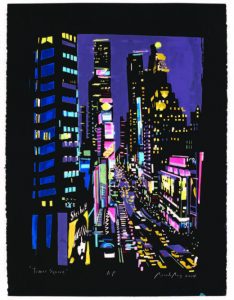
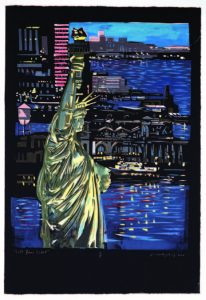
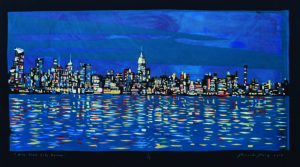
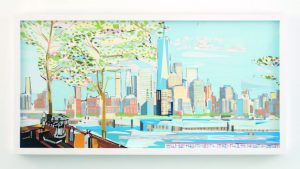
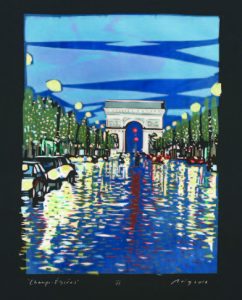


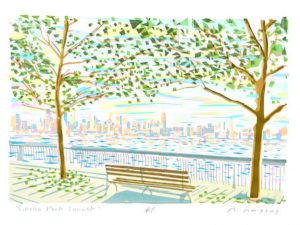

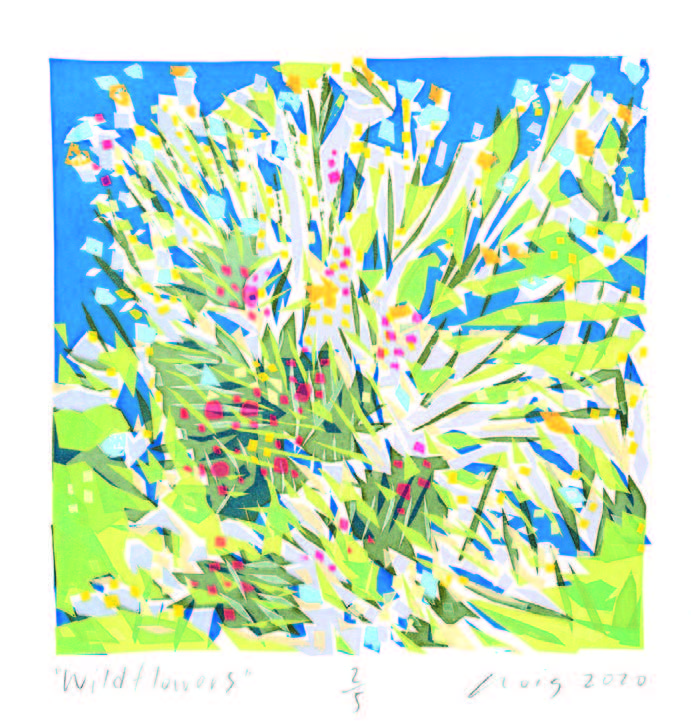
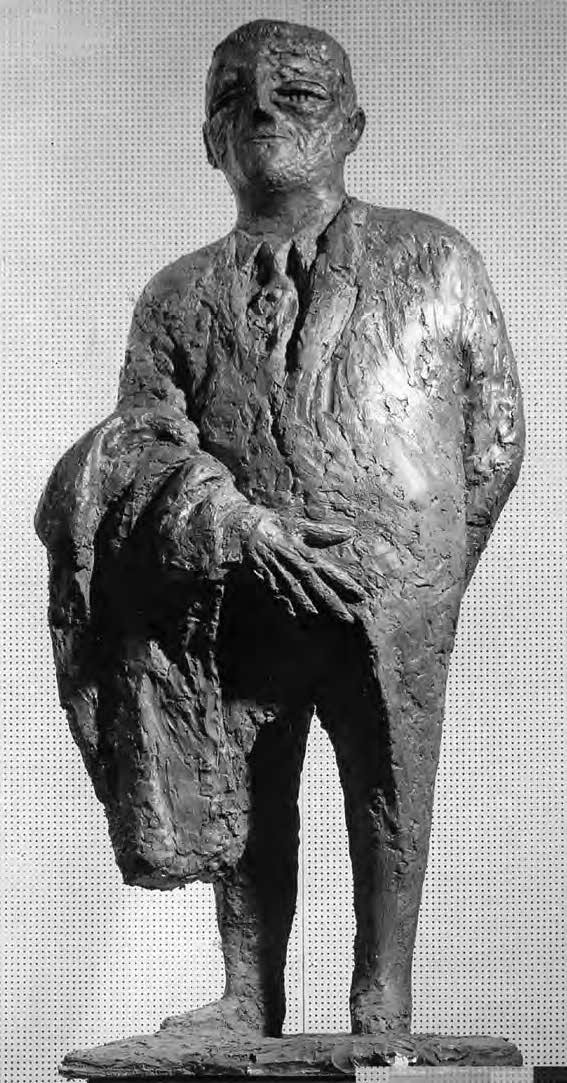

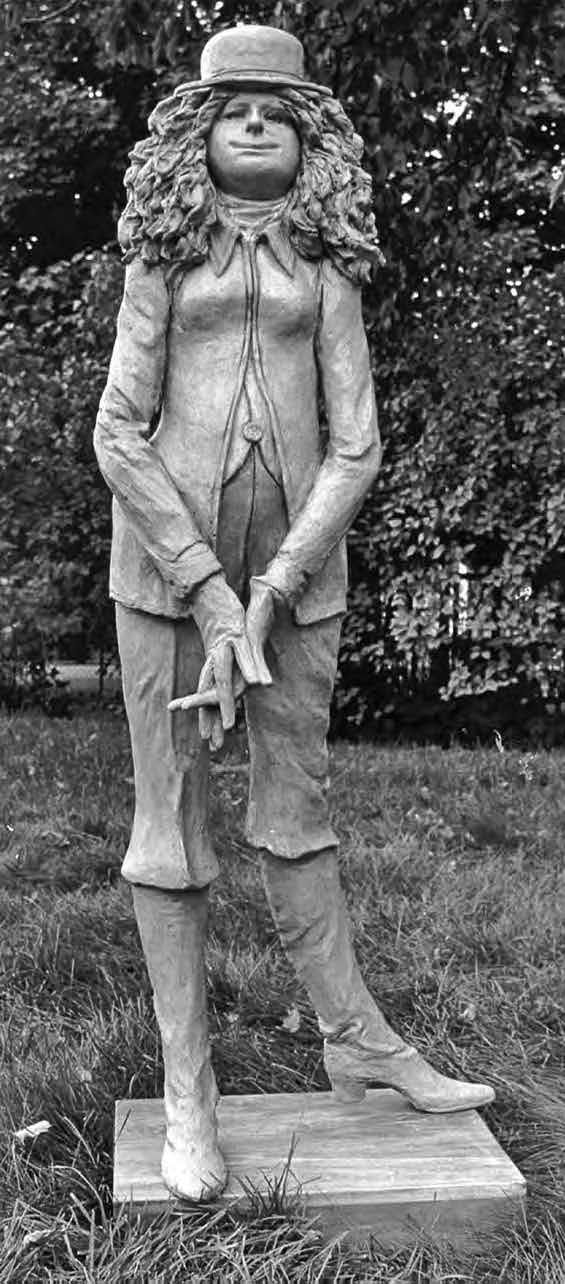
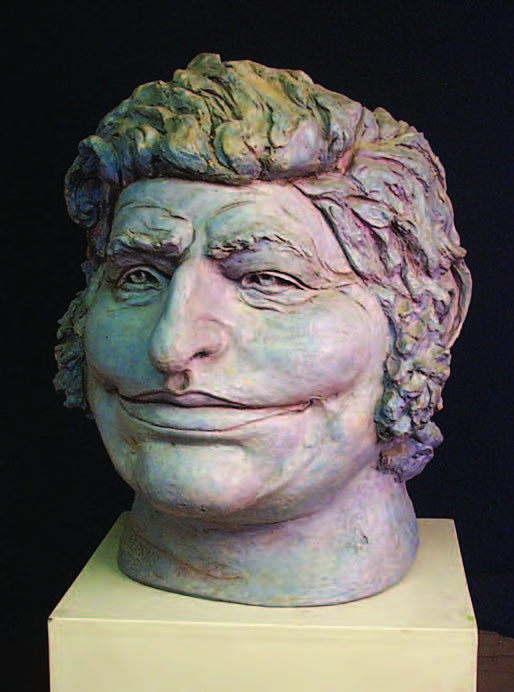
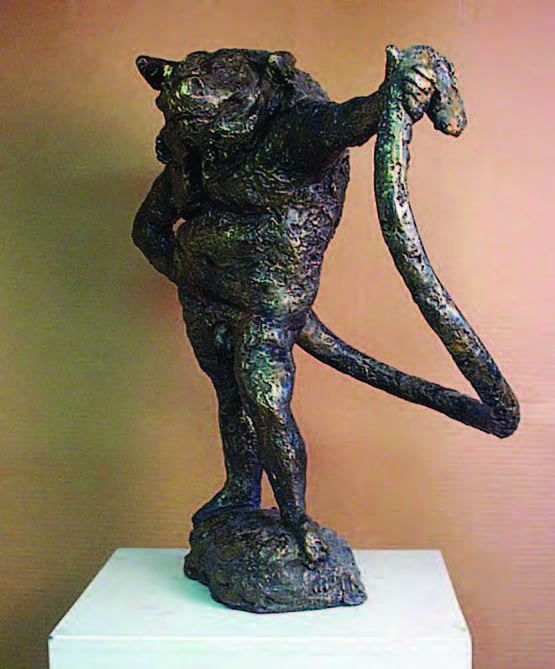



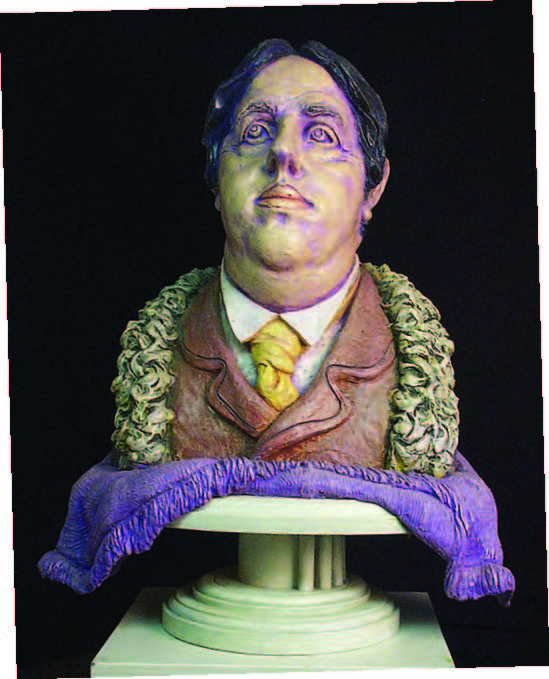
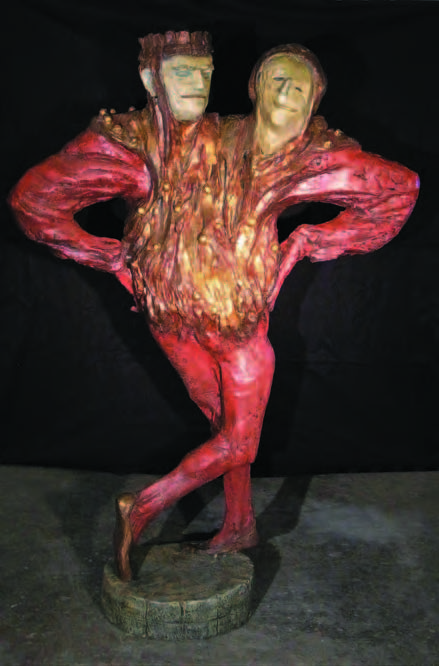
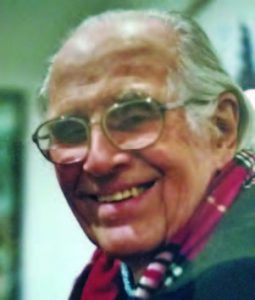 James Kearns, a longtime resident of the Morris County town of Dover, is a graduate of the Art Institute of Chicago. He served as an instructor of drawing, painting and sculpture at The School of Visual Arts in New York for three decades beginning in 1960, and has also taught at such schools as the Skowhegan School of Painting and Sculpture in Manhattan and Fairleigh Dickinson University. Kearns’s work is in the permanent collections of the Museum of Modern Art, The Whitney, Harvard University, and the Smithsonian National Collection of Fine Arts, among others.
James Kearns, a longtime resident of the Morris County town of Dover, is a graduate of the Art Institute of Chicago. He served as an instructor of drawing, painting and sculpture at The School of Visual Arts in New York for three decades beginning in 1960, and has also taught at such schools as the Skowhegan School of Painting and Sculpture in Manhattan and Fairleigh Dickinson University. Kearns’s work is in the permanent collections of the Museum of Modern Art, The Whitney, Harvard University, and the Smithsonian National Collection of Fine Arts, among others.
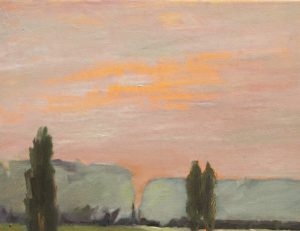

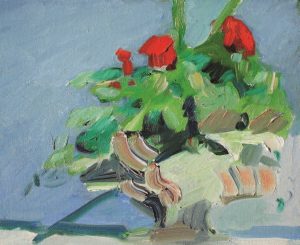

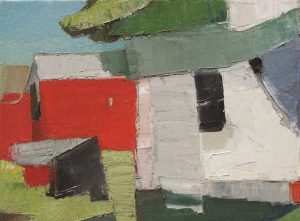

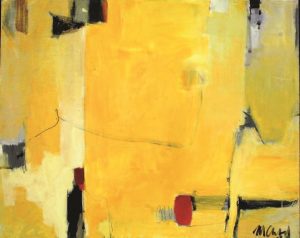
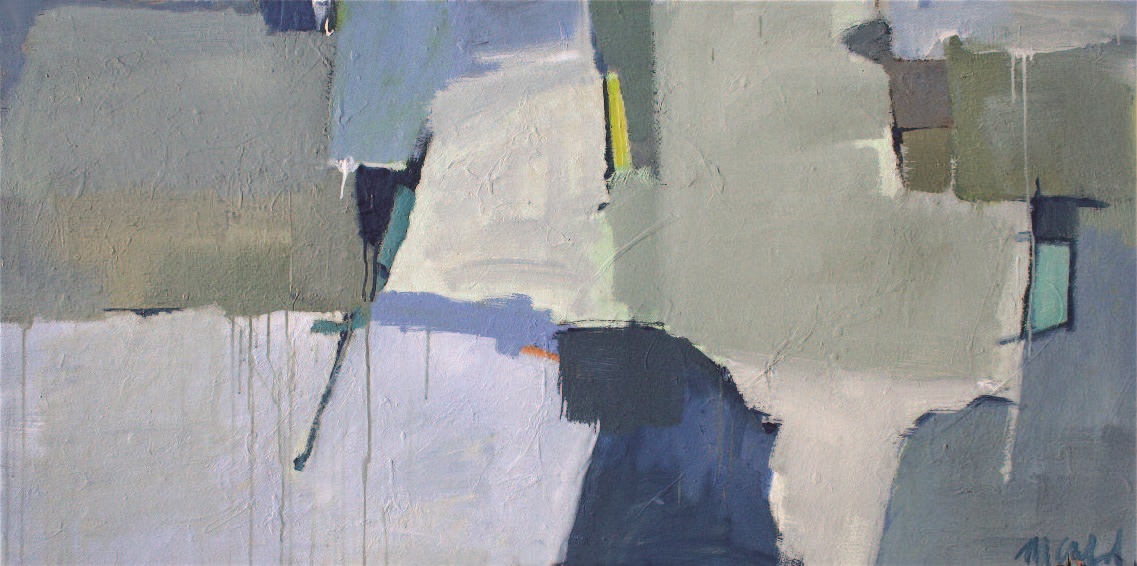
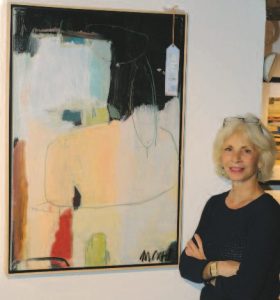 Maureen Chatfield lives and works just outside the Mountainville section of Tewksbury Township. The structure she uses as her studio housed an apple jack still in the 1780s. She teaches painting at the Hunterdon Art Museum and her work is exhibited at the Rosenberg Gallery on East 66th St. in New York and Cacciola Gallery in Bernardsville, as well as galleries in Greenwich, Nantucket, Atlanta, and Vail. To see more of her work, visit maureenchatfield.com.
Maureen Chatfield lives and works just outside the Mountainville section of Tewksbury Township. The structure she uses as her studio housed an apple jack still in the 1780s. She teaches painting at the Hunterdon Art Museum and her work is exhibited at the Rosenberg Gallery on East 66th St. in New York and Cacciola Gallery in Bernardsville, as well as galleries in Greenwich, Nantucket, Atlanta, and Vail. To see more of her work, visit maureenchatfield.com.
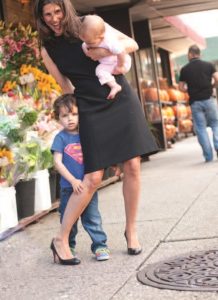 Poets have been writing odes to mothers for a thousand years. Baby books have been offering advice to moms for a century. Alas, no words convey the true essence of motherhood quite like the intimate moments captured through the lens of celebrated lifestyle photographer Sue Barr. Her work offers an honest and engaging window into what it looks like to be a modern New Jersey mom.
Poets have been writing odes to mothers for a thousand years. Baby books have been offering advice to moms for a century. Alas, no words convey the true essence of motherhood quite like the intimate moments captured through the lens of celebrated lifestyle photographer Sue Barr. Her work offers an honest and engaging window into what it looks like to be a modern New Jersey mom.




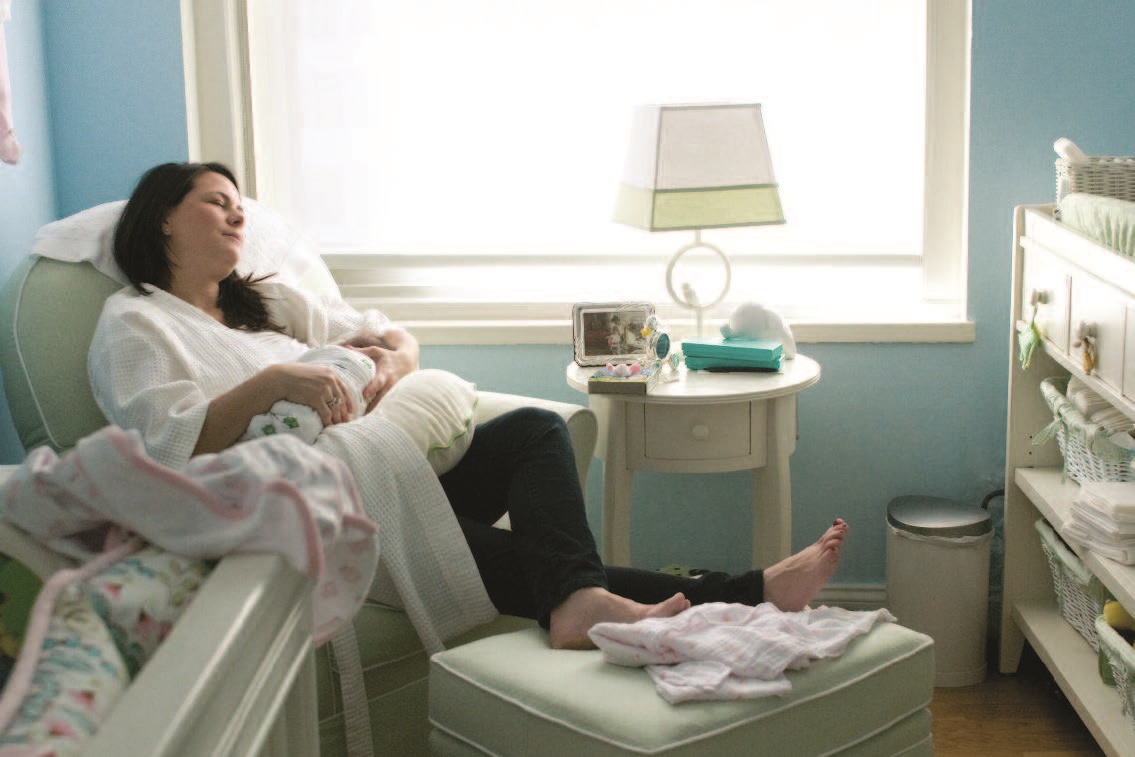







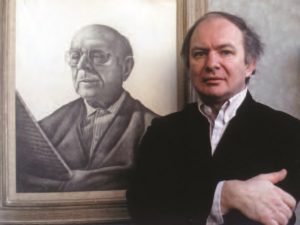
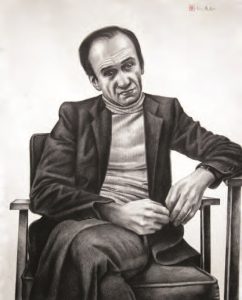

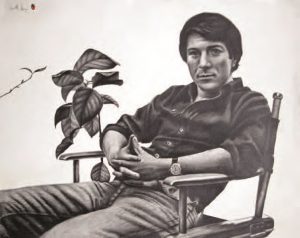
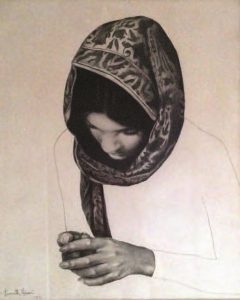
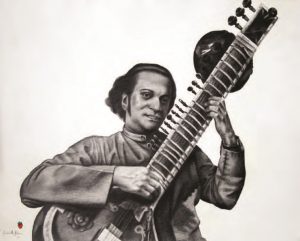
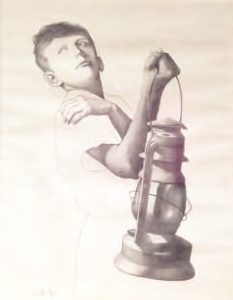
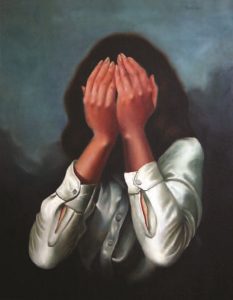
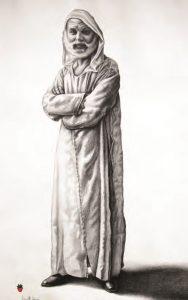
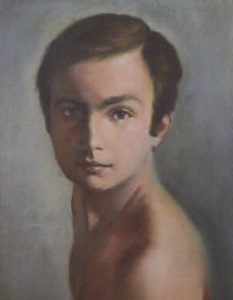
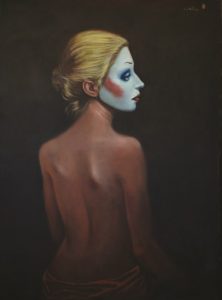
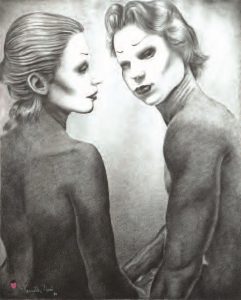
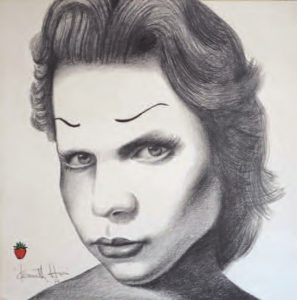

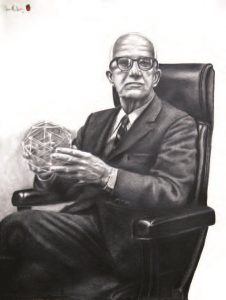
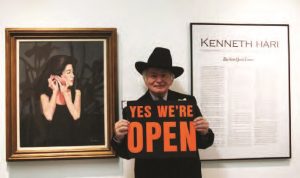
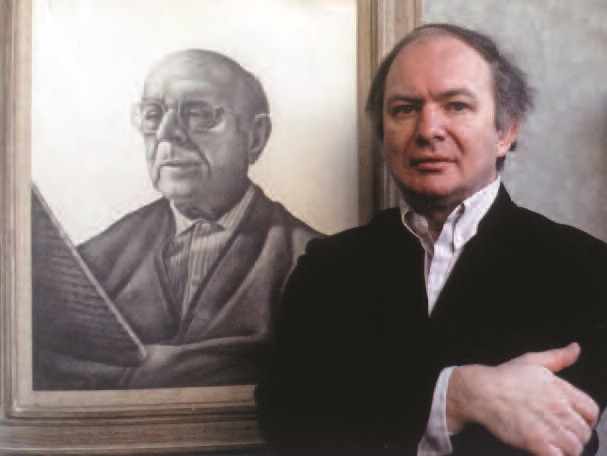
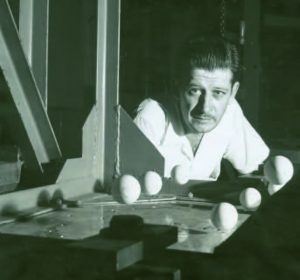
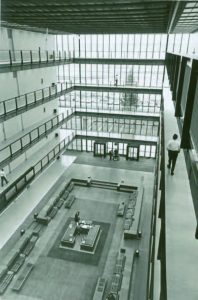
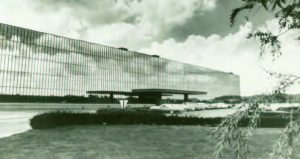
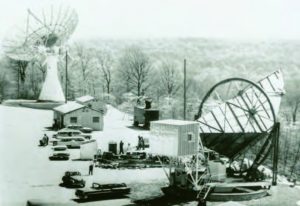
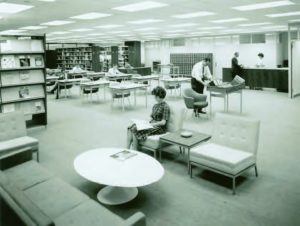
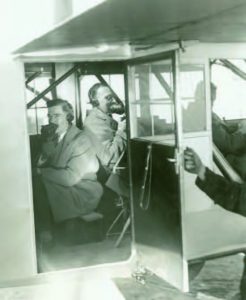
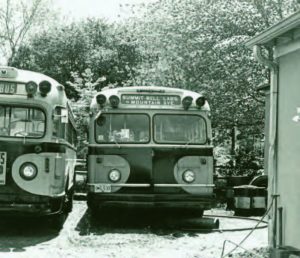
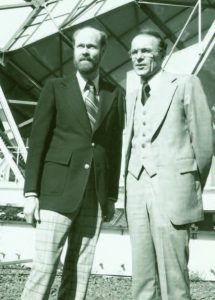
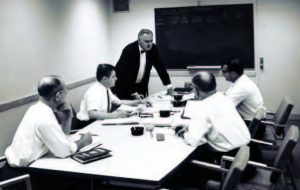
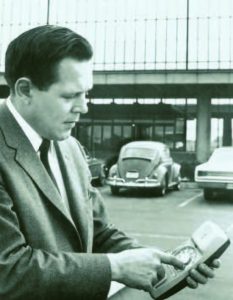

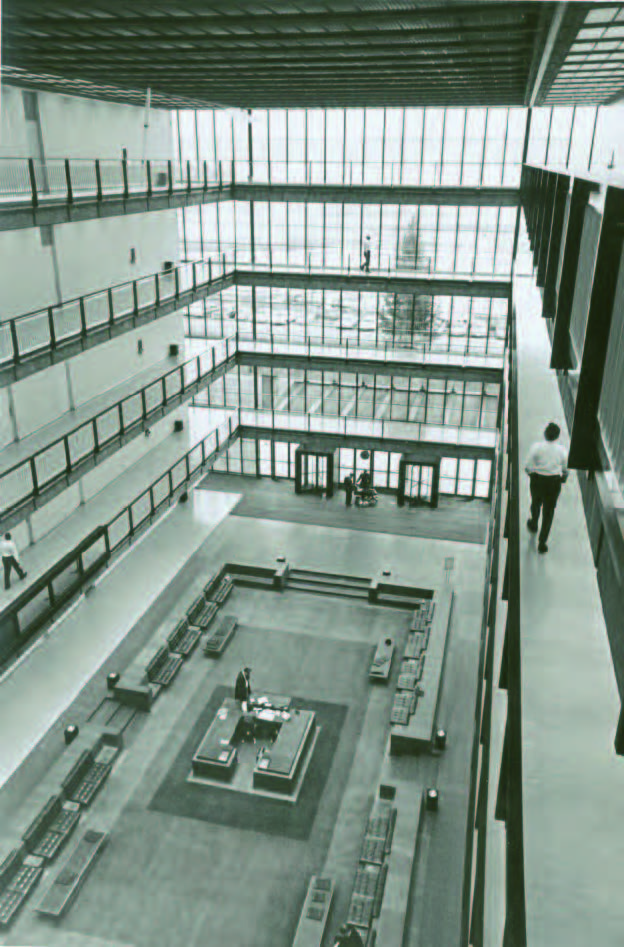

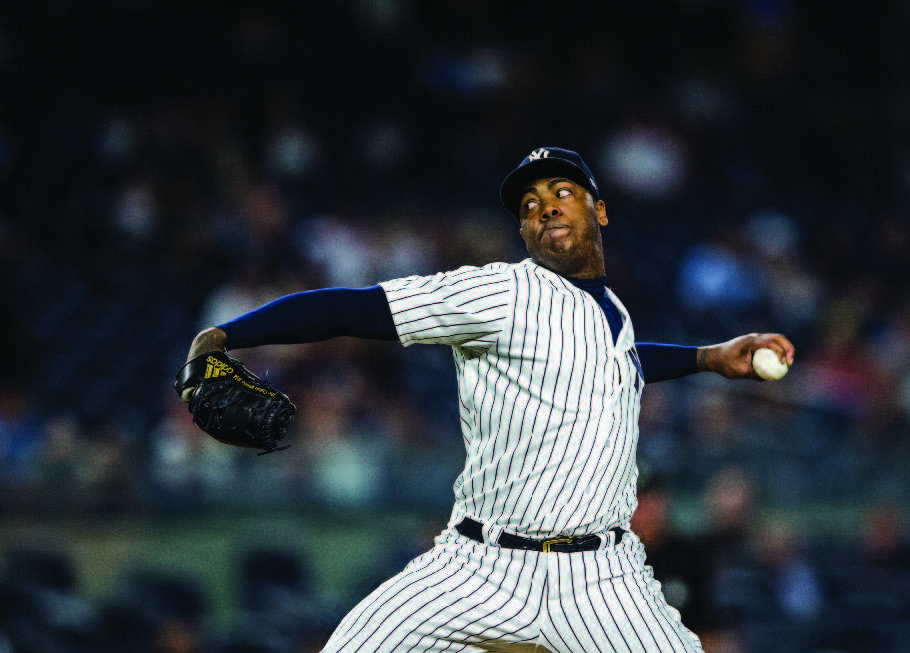














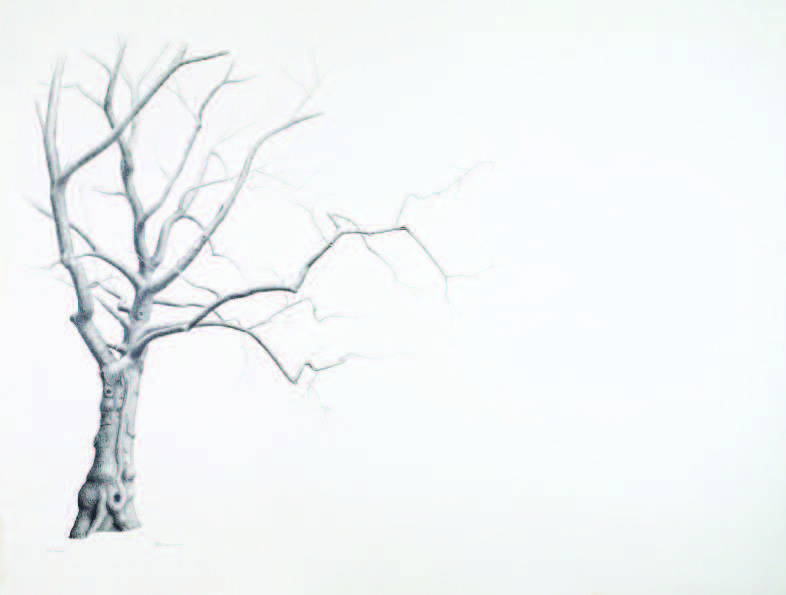
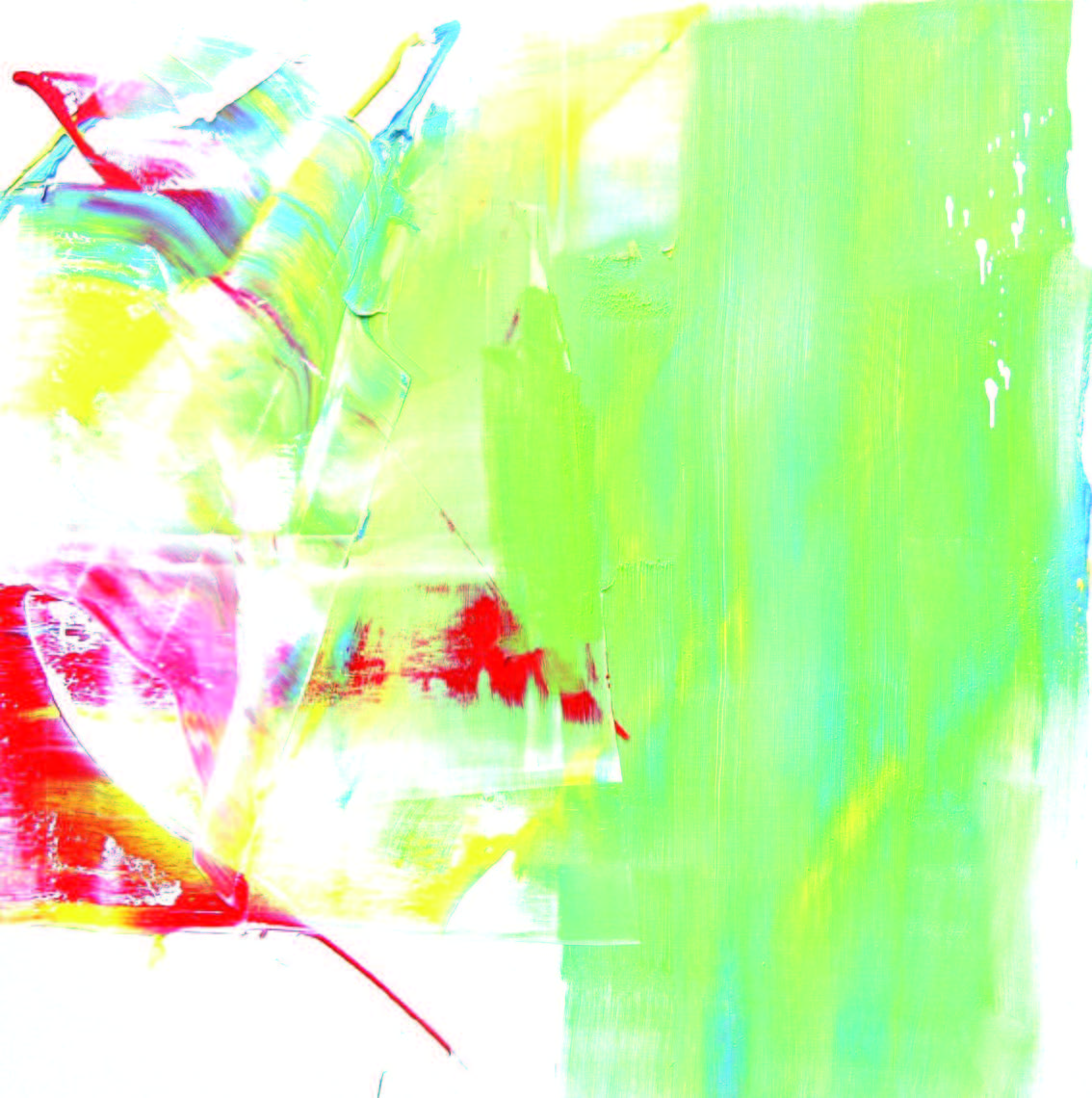
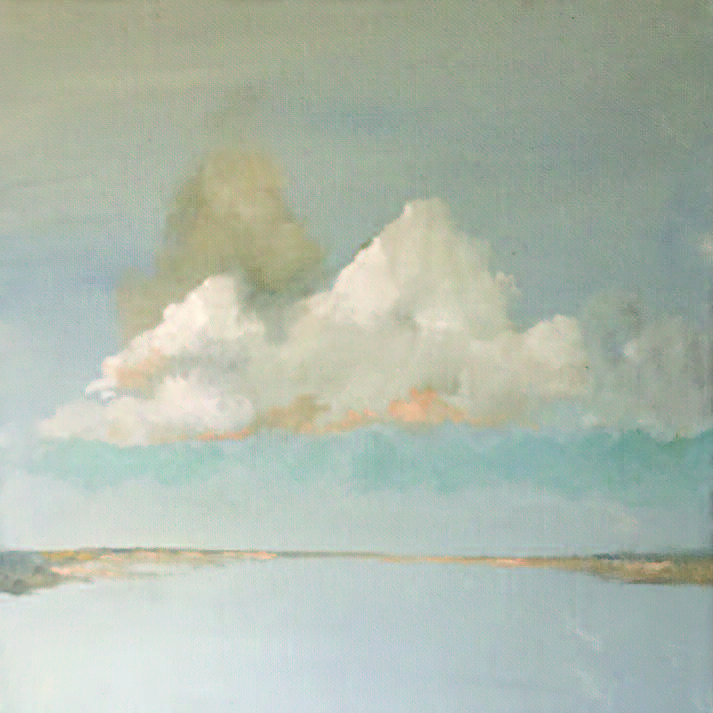
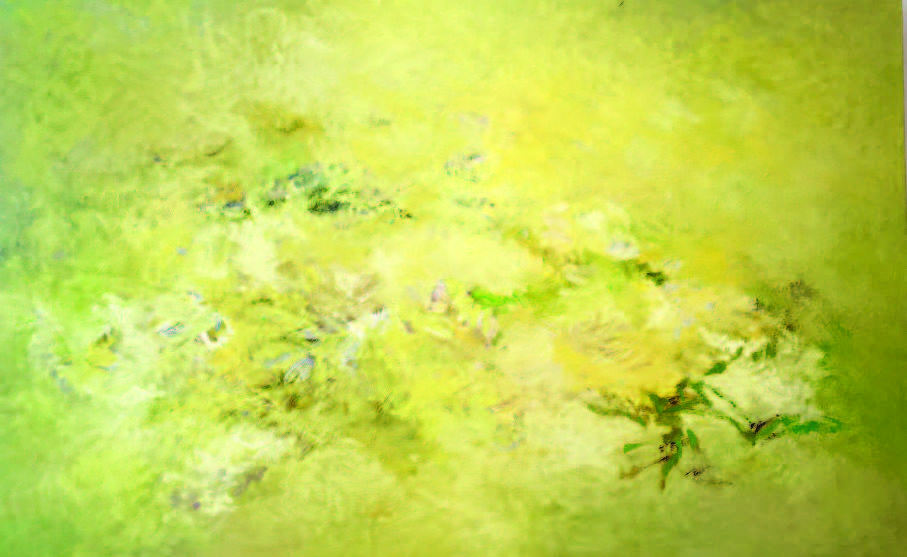
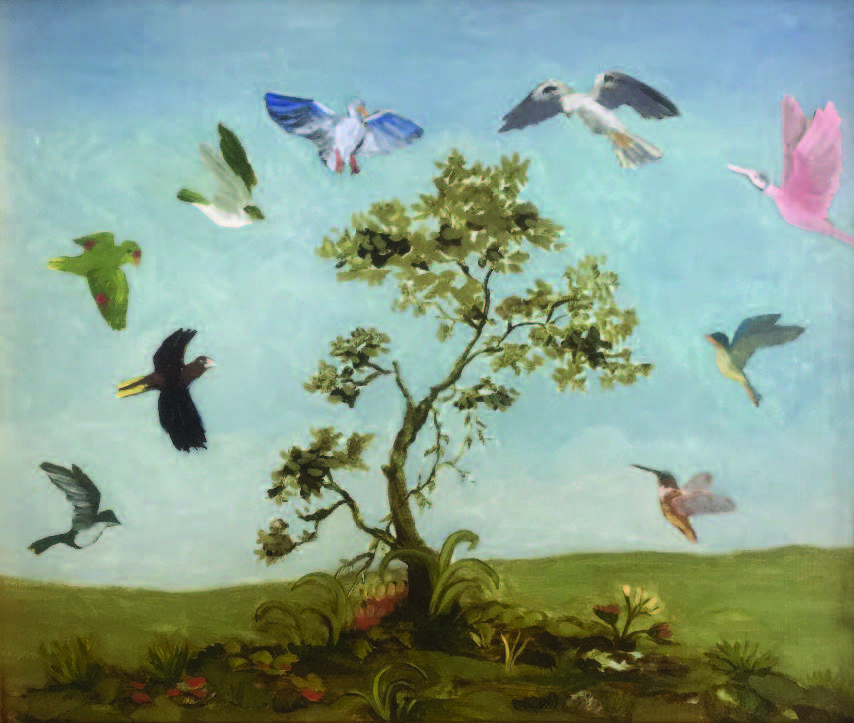
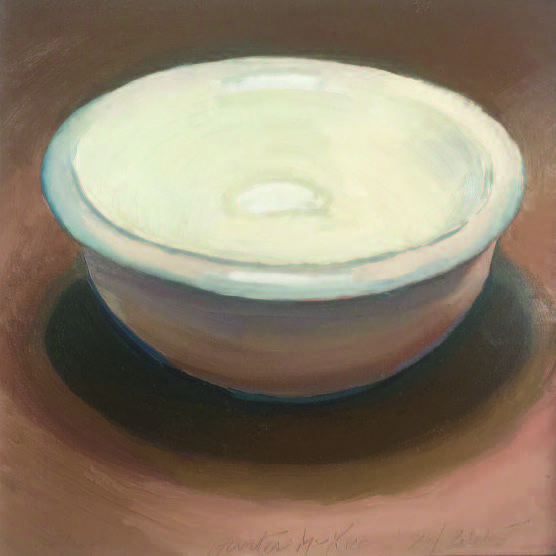

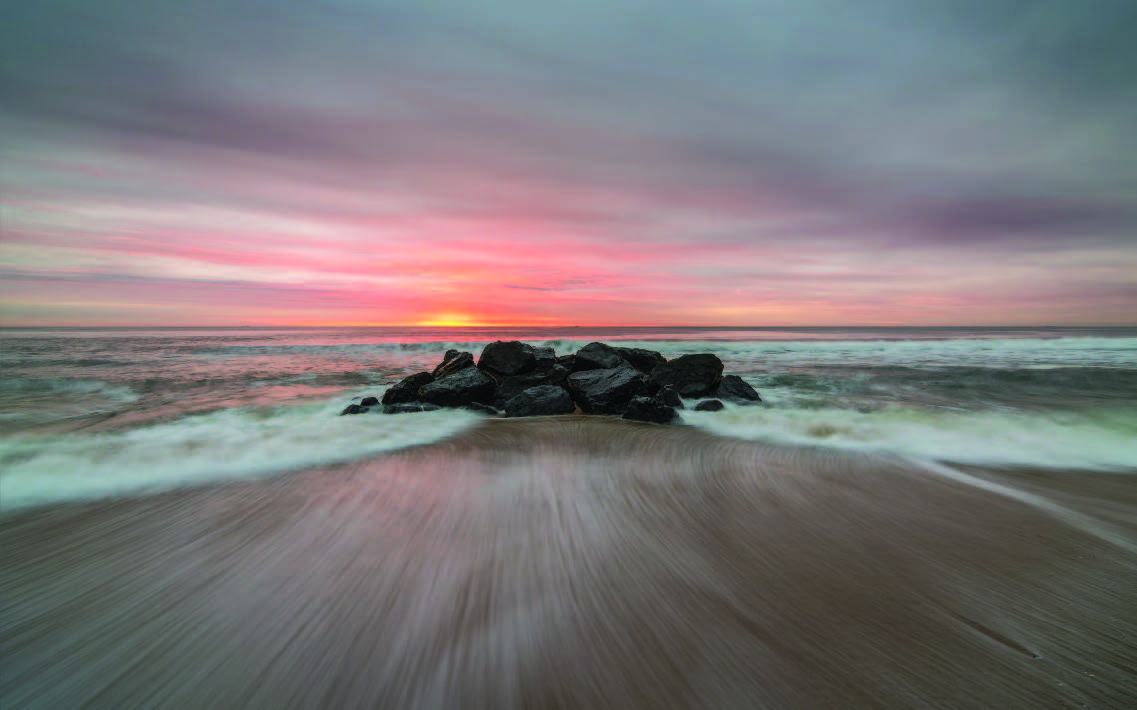

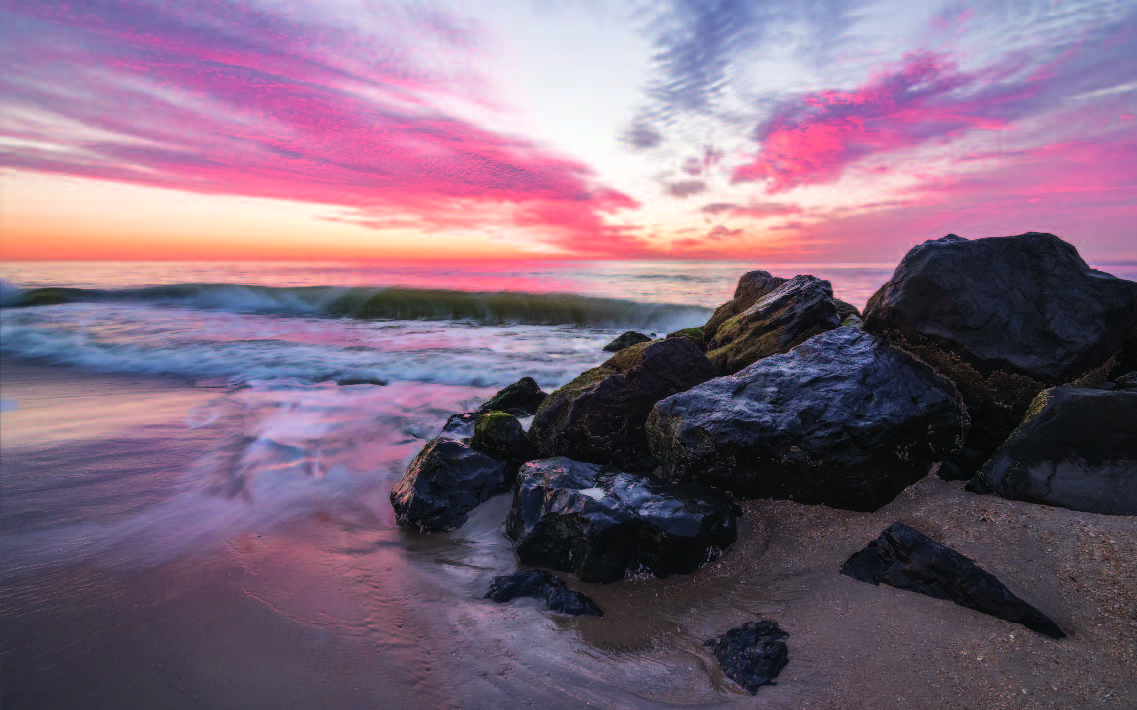

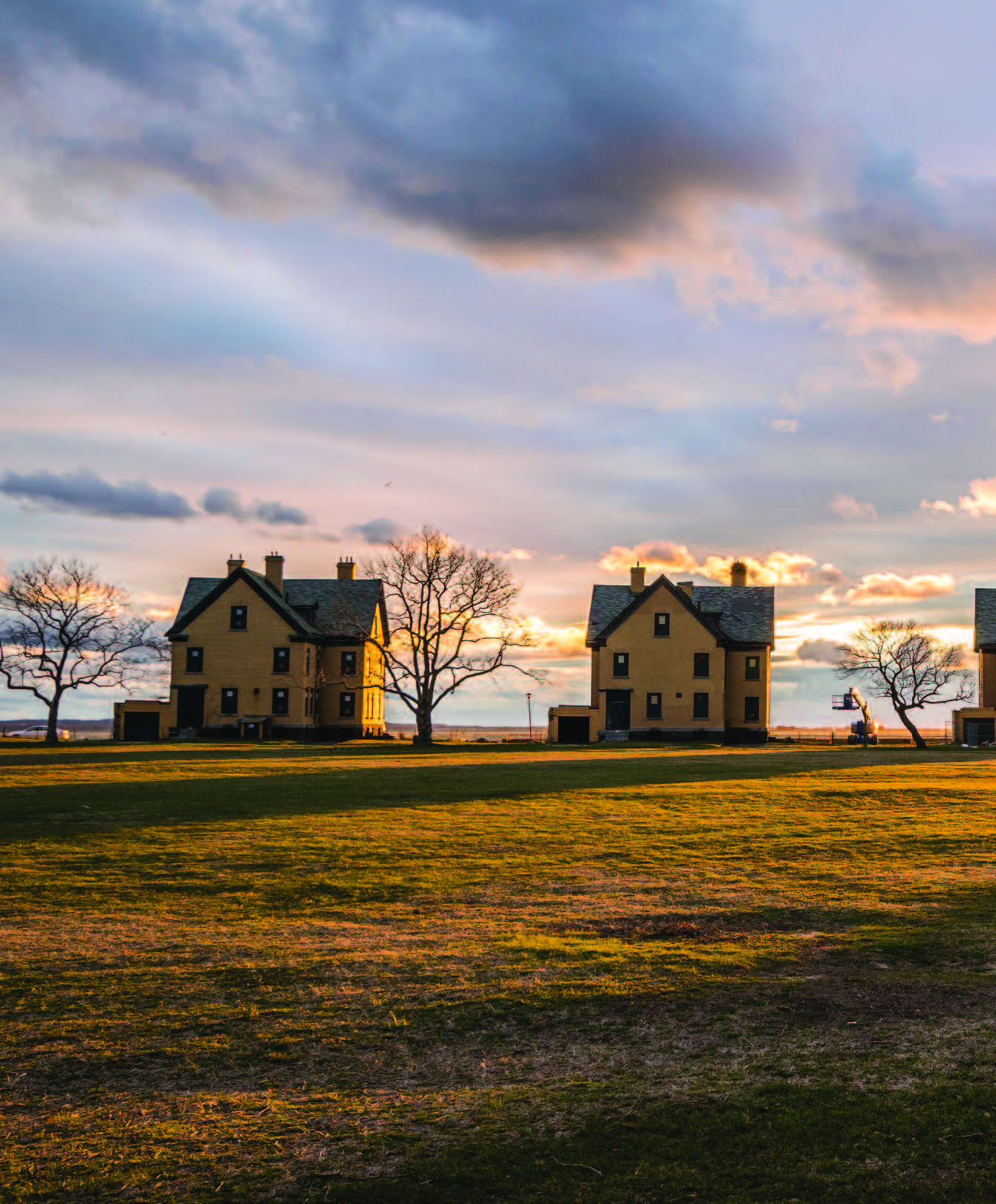
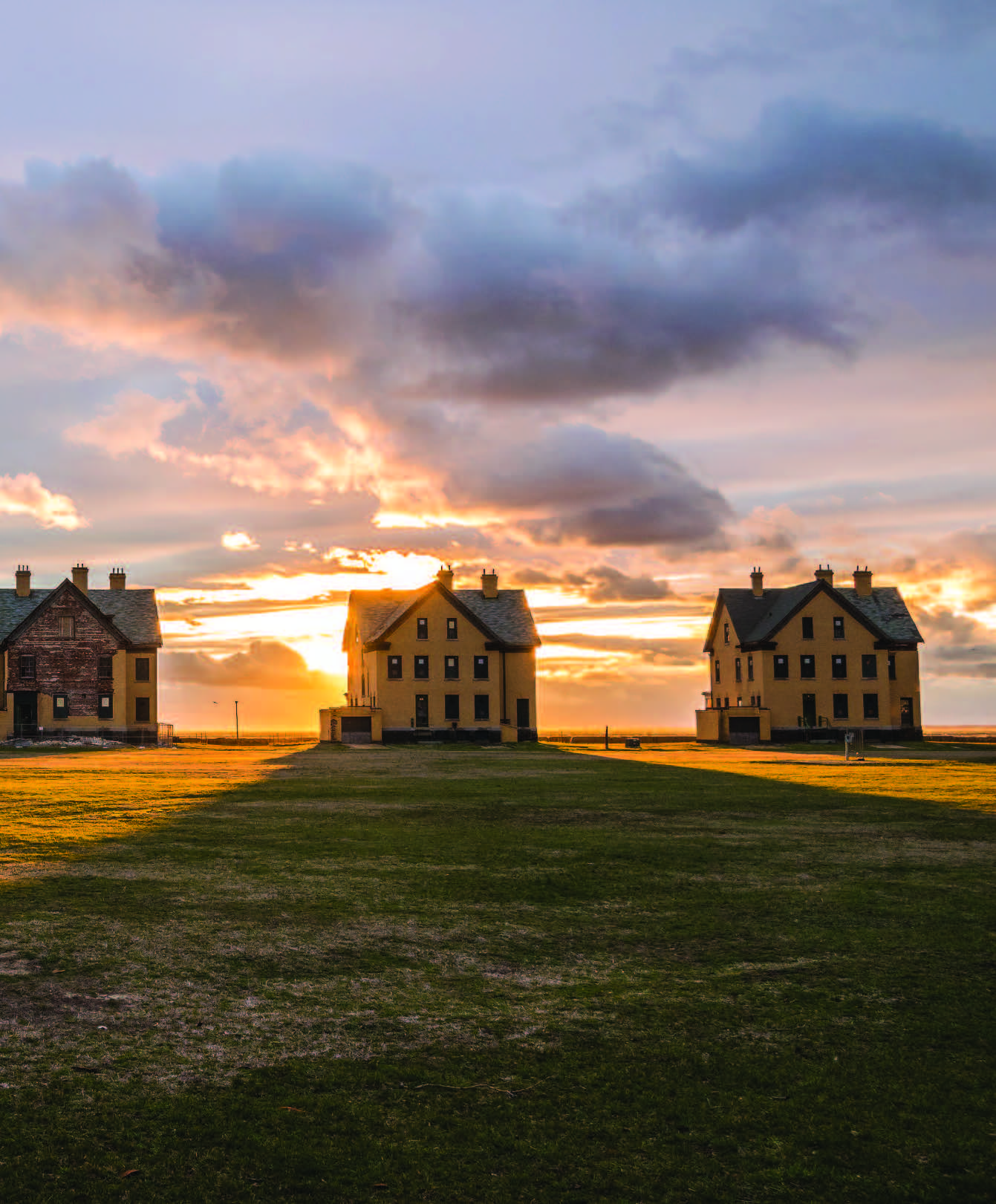

 I’m a landscape and nature photographer focusing on the Two Rivers area of Monmouth County, New Jersey, USA. Born and raised in Fair Haven, I was surrounded by the outdoors. From living in beautiful Monmouth County, to childhood family camping trips to majestic Maine, I developed an appreciation for nature at an early age. I feel very fortunate to have grown up here on the peninsula.
I’m a landscape and nature photographer focusing on the Two Rivers area of Monmouth County, New Jersey, USA. Born and raised in Fair Haven, I was surrounded by the outdoors. From living in beautiful Monmouth County, to childhood family camping trips to majestic Maine, I developed an appreciation for nature at an early age. I feel very fortunate to have grown up here on the peninsula.